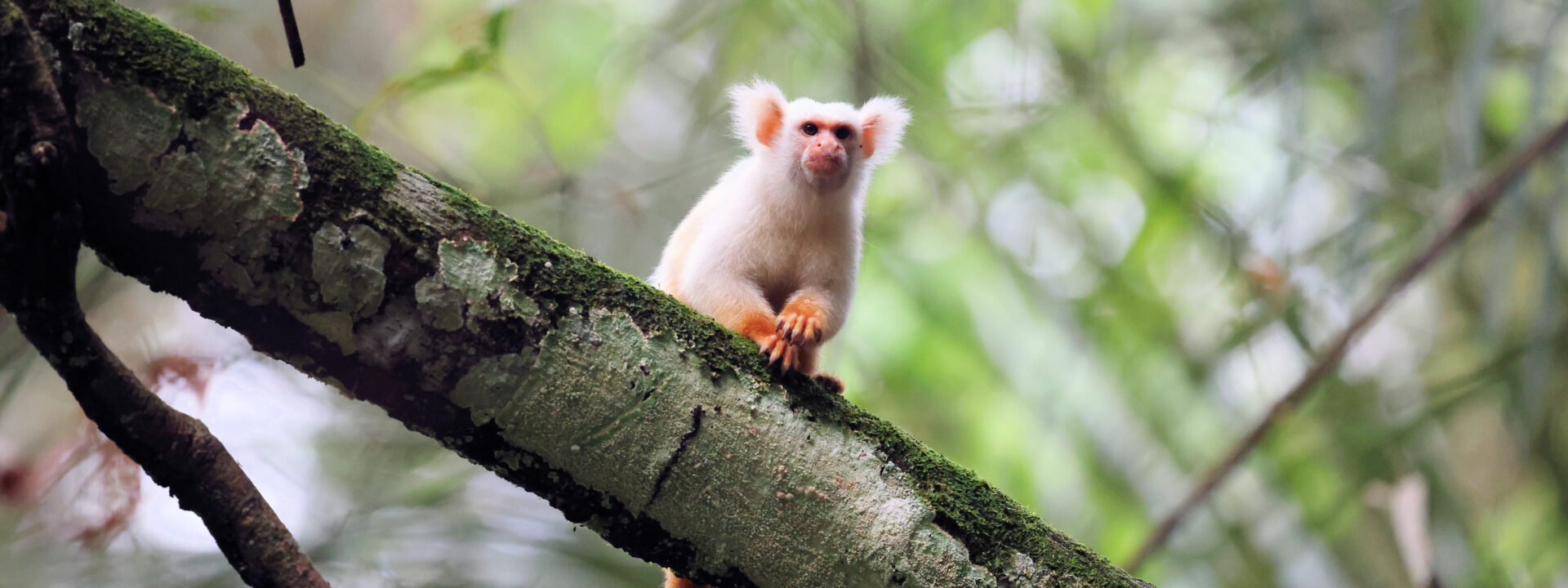Brazil
Primates and Parrots Wildlife Cruise
A very different trip from our 'Remote Amazon' holiday looking for a host of localised primates and some very special parrots
Run in collaboration with our sister brand Limosa Holidays, this exciting cruise sails from Manaus to Santarem in the Brazilian Amazon, with one of the objectives being to find some of the highly localised primates and parrots that can be found in this region.
There is probably nowhere else on the planet where there is such a diversity of monkeys in such a comparatively small area and some of these, such as the Golden-white Tassel-eared Marmoset, not only have a tiny range, but are surely amongst the best-looking primates in the world. Thirty-one species were recorded on our trip in 2024 and the potential list is approaching forty species.
This trip is, however, about much more than just monkeys as we will also be looking for some spectacular and highly localised parrots including Golden Parakeet, Crimson-bellied Parakeet, Bald Parrot and Vulturine Parrot. Indeed, we stand a decent chance of seeing over twenty species of parrots and macaws on our cruise having exceeded this total on both previous voyages.
We will also expect to enjoy plenty of other spectacular and colourful Amazonian birds including hummingbirds, toucans, trogons and manakins!
With the trip also including a visit to an amazing eco-tourism project where we will have the opportunity to ‘swim’ with wild Pink Dolphins this holiday has much to offer so join Chris Collins and Regina Ribeiro on a truly unique adventure.
Tour Dates & Prices
Fri 8th May 2026
Sun 24th May 2026
- Available
Tour Cost: 17 Days from £5995 * excluding flights
* Please note that only two cabins are available at the single supplement price quoted above. Once these are sold, singles will only be available at the full cabin price.
What's Included?
- Two WildWings/Limosa Tour Leaders
- Expert resident wildlife guide
- 14 nights accommodation in Brazil, including 13 on the comfortable air-conditioned river boat Iracema
- All main meals with drinking water provided during the day
- Visit to Canopy Tower on outskirts of Manaus
- All entry fees, all tour-based tips (including boat staff, drivers, local guides) and taxes
Cost Excludes
Flights (international and internal), insurance, drinks, airport meals/snacks and other items of a personal nature.
Additional Information
As this tour was announced more than two years in advance, we are collecting £500 deposits to secure a place. A further £1,300 payable will then be payable in May 2025 with the final balance due three months before departure.
The Land Only Tour Cost is the amount you will pay WildWings.
Despite the end of pandemic restrictions, we have taken the decision to continue to price our holidays as excluding international flights.
To keep the process as simple as possible, we are working very closely with a dedicated agent at Travel Counsellors, Sacha Barbato, who is essentially now our “in house” flight consultant.
Sacha is a highly experienced independent ATOL bonded travel agent, and his contact details are as follows: [email protected] and 01603 360099
He will be able to advise you which flights we are recommending for each holiday and will be able to book these for you.
This will also sometimes give you the option to travel from a regional airport if you prefer.
Please note that only two cabins are available at the single supplement price quoted above. Once these are sold, singles will only be available at the full cabin price.
Tour Highlights
- 13 night cruise on a comfortable river boat exploring Brazilian Amazonia.
- Visit to the 'meeting of the waters' where the Rios Negro and Solimões merge to form the mighty Amazon.
- Cruise past mile after mile of untouched forest.
- Looking for over 30 species of primates including some incredibly localised and spectacular species.
- Search for colourful parrots with more 20+ species likely to be seen, hopefully including the breathtaking Golden Parakeet.
- We can also expect to see macaws, trogons, hummingbirds and a myriad of other species.
Outline Itinerary
-
Depart UK for Manaus via Sao Paulo
-
Arrive in Manaus with local afternoon birding and primate excursion if flight timings allow. Manaus (1 night)
-
Early morning visit to nearby Canopy Tower. Board vessel (Iracema) and sail. Night on Iracema
-
Exploring river systems including the Paraconi, Amana, Trombetas and Tapajos looking for primates, parrots and other wildlife. Iracema (12 nights)
-
Disembark in Santarem. Fly to UK via Sao Paulo.
-
Arrive in UK
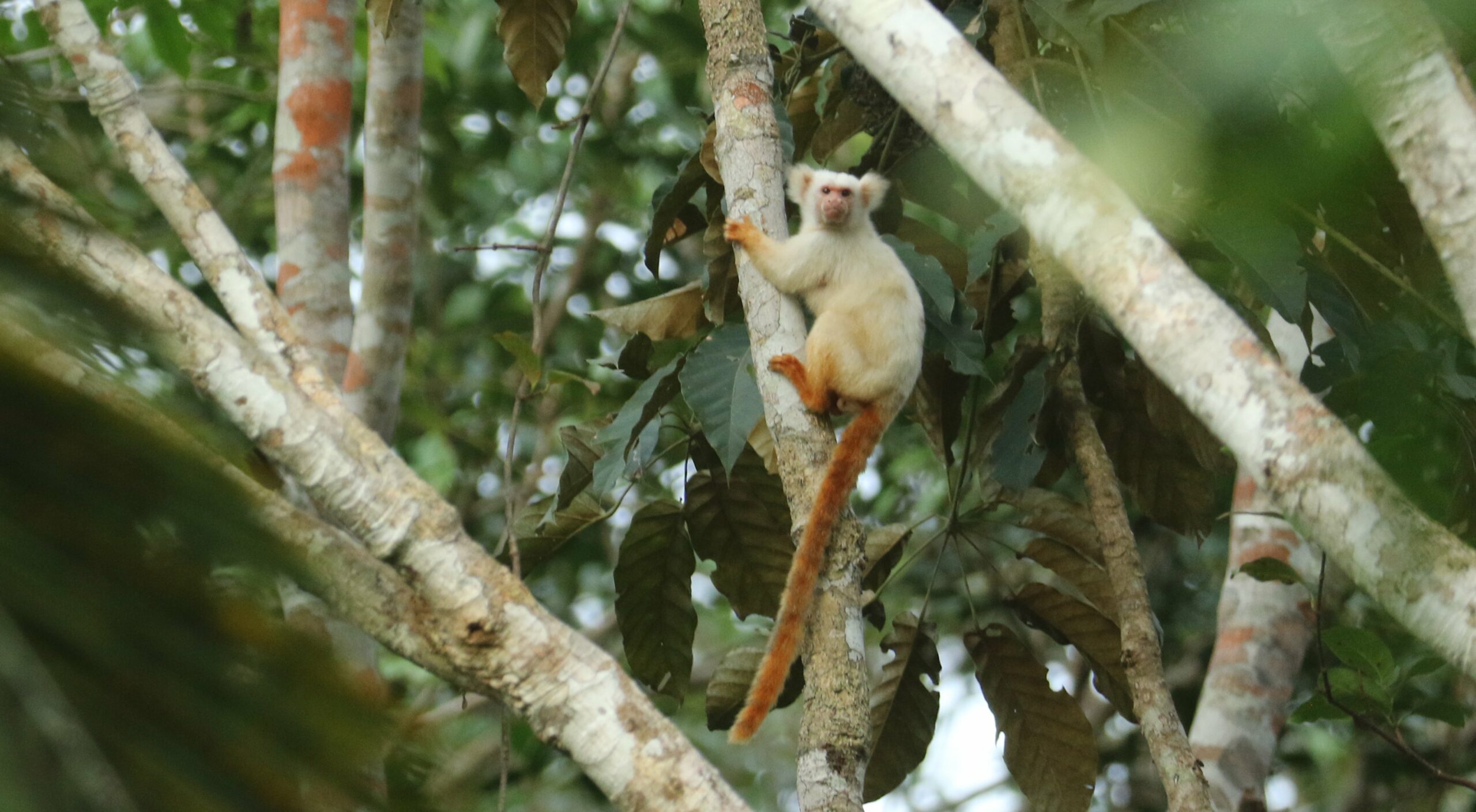
In 2018, Wildwings offered the first sailing of this incredible “world first” expedition cruise which was followed by an equally successful second sailing a year later, with the trip then run again in 2024.
We are delighted to be able to offer another opportunity to join this exciting holiday in May 2026 when once again, we will sail from Manaus to Santarem in Amazonian Brazil looking for a spectacular range of localised wildlife.
In 2024, we saw 31 different species of primates plus much more and our 2026 cruise plans to build on the success of the previous trips.
One of our goals is to find some of the least known monkeys in Amazonia and over the course of this expedition, we will visit areas which are home to well over thirty species, some of which are extremely localised. Many of these, especially the marmosets, are also fantastic looking animals and those we hope to see again include Golden-white Tassel-ear Marmoset, Sateré Marmoset, Maués Marmoset, Silvery Marmoset, Santarem Marmoset, Midas Tamarin, Pied Tamarin, Martin’s Bare-faced Tamarin, Lake Baptista Titi, Spix’s Black-headed Uacari and Amazon Black Howler. Other possibilities include White-faced Saki, Collins’s Squirrel Monkey, Guianan Brown Capuchin, Spix’s White-fronted Capuchin and Spix’s (Red-handed) Howler.
As well as looking for monkeys, we will also spend some of our time searching for some of the unique birds which live in this rarely visited region and there are three special parrot species which we particularly want to find – Bald Parrot, Vulturine Parrot, and Golden Parakeet. Other possibilities include six species of macaws, Blue-and-Yellow, Scarlet, Red-and-Green, Blue-winged, Chestnut-fronted and Red-bellied, as well as the amazing Red-fan Parrot and highly localised Crimson-bellied Parakeet.
There are, however, literally hundreds of bird species in this region and we hope to find Sunbittern, Toco Toucan, Crimson-hooded Manakin and Guianan Cock-of-the-Rock, as well as hummingbirds, antbirds and tanagers. Indeed, on our 2019 departure we located a lek of the extraordinary Capuchinbird and intend to revisit this site in 2026.
During our expedition, we plan to make several excursions after dark and these will give us a very different perspective of the Amazon. Nocturnal creatures we could encounter include Brazilian Porcupine, both Three-toed and Two-toed Sloths, Amazon Bamboo Rat, Black and Spectacled Caimans, Red-tailed Boa, Northern Ghost Bat, Greater Fishing Bat as well as a selection of owls, nightjars and potoos. When exploring during daylight, we can also expect to see both Amazonian River Dolphin and the smaller Tucuxi daily, so irrespective of your wildlife interest, this exciting trip offers enormous potential.
Our tour will start in the city of Manaus (which is readily accessible from the UK and Europe) and will conclude in the equally convenient town of Santarem. As on our “Remote Amazon” tour, we plan to use a comfortable (but not luxurious), air-conditioned riverboat which has been specifically designed to allow us to explore areas many other vessels would find impossible to access. With a fantastic shaded top deck (which has been described by previous clients as akin to ‘a mobile canopy tower’), a very low draft and a fantastic crew, this exclusive charter will be able to visit places few tourists have previously been to.
Immediately prior to joining our vessel, we plan to make an early morning visit to a 40+ metre canopy tower in a forest reserve not far from Manaus. This will give us a completely different perspective on the surrounding forest and on previous visits we have seen a host of exciting birds here including Black-faced Hawk, Paradise Jacamar, Guianan Toucanet, Red-fan Parrot and much more besides. The extremely localised and critically endangered Pied Tamarin is also another monkey we could see here.
Our holiday will also include an afternoon visiting a location where it should be possible to be in the water with Amazon (Pink) River Dolphins. These are completely wild and whilst the local people do give them a small number of fish, invariably the dolphins stay with us a long time after this has all been eaten. This fantastic interaction has been described by previous participants as one of the major highlights of our Amazon cruises and has drawn favourable comparisons with the Grey Whales at Baja California and the Mountain Gorillas in Africa!
Once on our specially chartered expedition boat, our itinerary will remain flexible to maximise on our wildlife opportunities, but we will generally travel during the night and then spend our days exploring Amazonian tributaries visiting remote rivers such as the Madeira, Paraconi, Maués, Amana and Erepucurú.
We will have three comfortable canoes with us and a maximum of eighteen participants, so each boat with have just six passengers plus a wildlife guide.
We are genuinely hopefully of making some significant discoveries on this trip and are very keen, for example, to relocate an interesting titi monkey we saw on our 2018 expedition which has so far defied identification. This trip is, therefore, sure to be a real adventure with the comfort of an excellent boat, great food, and a fantastic crew.
Days 1 – 2
FLY TO MANAUS
Our birdwatching and wildlife holiday begins with an overnight flight to Sao Paulo, followed by an internal flight to the Amazonian city of Manaus, where we arrive on the afternoon of day 2.
We will make the short journey to our hotel where our Brazilian-based guide Regina Ribeiro will be waiting to meet us. If flight schedules allow, there will be a short (and entirely optional) trip to a remnant forest patch not far from our hotel where we will look our first birds, primates, and other wildlife of our trip. This site is one of the best we know for the highly localised Pied Tamarin and locating this critically endangered monkey will be our major priority for the afternoon. Golden-faced Saki is also present, and we could also find a couple of species of sloths as well as Red-rumped Agoutis.
Although only a matter of acres in size and surrounded by the city of Manaus on three sides and the mighty Rio Negro on the other, this small fragment of habitat is also home to some great birds and will be a fantastic introduction to some of the species we can expect to see over the next couple of weeks. The possibilities include Little Chachalaca, White-throated Toucan, Black-necked Aracari, White-eyed Parakeet, Black Nunbird and Yellow-rumped Cacique. Night Manaus
Day 3
MANAUS, CANOPY TOWER AND SOLIMOES RIVER
We will make an early start to ensure we are at an excellent canopy tower on the outskirts of Manaus shortly after dawn. We have previously seen both Guianan Red Howler and Pied Tamarin here and other primate possibilities include Golden-faced Saki, Guianan (Brown-backed) Bearded Saki and Guianan Brown Capuchin. This tower is also excellent for birds, and we could find Black-spotted Barbet, Guianan Toucanet, Scarlet Macaw, Flame-crested Tanager, Red-legged Honeycreeper and a host of other birds.
We plan to sail from Manaus by late morning, as we want to spend the late afternoon looking for Spix’s Black-headed Uacari. If we are exceptionally fortunate, we could find Spix’s Night Monkey here with three individuals seen on our 2024 trip.
Day 4
ARIAU AND SOLIMOES RIVERS
During the morning, we plan to look for Golden-backed Squirrel Monkey and Humboldt’s White-fronted Capuchin and there is also a chance for Colombian Red Howler.
Our emphasis for the afternoon will be quite different, as we intend to visit a site where it should be possible to “swim” with Amazon (Pink) River Dolphins. These are completely wild dolphins, and some have described the interaction as being as memorable as visits to the Grey Whales at Baja California or Mountain Gorillas in Africa!
Day 5
ANRA, “MEETING OF THE WATERS” AND AMAZON RIVER
Our morning excursion will be another opportunity to locate Golden-backed Squirrel Monkey and we could also find Gray’s Bald-faced Saki and Chestnut-bellied Titi here. Three-toed (or Brown-throated) Sloths are also reasonably numerous.
There are a number of new bird possibilities which could include Hoatzin, Black-throated Mango and Red-and-white Spinetail.
By late morning, we will need to depart for the Madeira River, and we should have an opportunity to see the “meeting of the waters” where the Solimoes and Negro Rivers meet to form the mighty Amazon. As we cruise downstream and dusk approaches, it is likely that a range of parrot species will fly overhead on the way to their night-time roosts, and these could include White-eyed Parakeet, Festive Amazon, and Chestnut-fronted Macaw.
Day 6
MADEIRA AND CANUMA RIVERS
We plan to wake early as our targets today are two very special primates, the Lake Baptista Titi and Golden-White Tassel-eared Marmoset, both of which are highly range-restricted. Other primates that occur here include Spix’s White-fronted Capuchin and Gray’s Bald-faced Saki.
We also hope to find a few different parrot species which could include Chestnut-fronted Macaw, Short-tailed and Mealy Parrots as well as Tui and Golden-winged Parakeets. There are a number of other interesting birds here too with one of the possibilities being the stunning Crimson-hooded Manakin.
Day 7
CANUMA RIVER
This will be our opportunity to look for the extremely elusive Sateré Marmoset, a species which was only described in 1998. Another possibility is Ashy Titi, and we could also find Two-toed Sloth.
Depending on our success on our morning excursion, we may continue looking for Sateré Marmoset in the afternoon or begin our search for Maués Marmoset.
Day 8
PARACONI RIVER
This is another area for Maués Marmoset, with Hoffman’s Titi also being a possibility. On our 2018 trip, we found a different species of titi which showed characteristics of the recently described Vieira’s Titi, but we are keen to get further views and photos.
We also hope to find Bald Parrot, Kawall’s Amazon, and Crimson-bellied Parakeet amongst a host of bird possibilities.
Day 9
MAUES AND PARAUARI RIVERS
We plan a birding excursion in the morning and then, whilst our crew purchase further supplies, may make a short visit to the town of Maués. This is often known as ‘Guaraná City’ as there are extensive plantations of the berry which are used to make the famous Brazilian soft drink.
In the afternoon we will begin the journey south to the Amana River and will use the excellent top deck to look for wildlife. As we continue south, this will be our first opportunity to find the stunning Golden Parakeet.
Day 10
AMANA RIVER
We hope to find both Amazon Black Howler and Red-nosed Saki with another possibility being Gray’s Bald-faced Saki.
There are also some spectacular parrots here with our major target being Golden Parakeet which we saw exceptionally well here in 2018. Other potential species could include Vulturine and Bald Parrots, as well as White-crested Guan and White-tailed Cotinga.
Day 11
MAUES MIRIM AND CURACA RIVER
Our main target this morning will be the extremely localised Santarem (or Black-and-white Tassel-eared) Marmoset. We plan to explore an area where we have previously had good success with this species and in 2024 watched two marmosets grooming each other for over an hour.
It is a long journey to our next destination, so we expect to leave by mid-morning. There will be plenty of wildlife to look for and enjoy from the top deck as we travel with one of the possibilities being Toco Toucan.
Day 12
JURUTI VELHO, AMAZON AND TROMBETAS RIVERS
We plan to spend the morning looking for Collins’s Squirrel Monkey which is mainly found on the eastern side of the Tapajos River, however, there is a population in this area. If we have not already seen Hoffman’s Titi, this will be our final opportunity to find this species and we had good success with both in 2024.
After a morning excursion, we will sail down the Amazon for a couple of hours before crossing to the northern side and heading up the Trombetas River. In the late afternoon, we may start our search for Martin’s Bare-faced Tamarin. Other mammalian possibilities here include Giant Otter.
Day 13
EREPECURU RIVER
During the night we will continue northwards and by dawn expect to be about 60kms from the mouth of the Erepecuru River.
We plan to spend the morning looking for Midas Tamarin, Guianan Squirrel Monkey, Red-faced Spider Monkey, Chestnut Weeper Capuchin, Guianan Red Howler and White-faced Saki. Although tricky to find, the stunning Guianan Cock-of-the Rock is occasionally seen in the area.
During the heat of the day, we will head back downstream and, if we have not seen it already, will go in search of Guianan Bearded Saki in the late afternoon.
Day 14
TROMBETAS RIVER
We intend to spend the early morning looking for the extremely localised Martin’s Bare-faced Tamarin which we saw in both 2019 and 2024. We also located a lek of the extraordinary Capuchinbird of one of our previous trips and will aim to visit this again if time allows.
Later in the day, we will begin the long journey to our final location, Alter do Chao.
Day 15
ALTER DO CHAO
Our reason for visiting this area is to look for Silvery Marmoset and Spix’s (Red-handed) Howler and we hope to find both before departing in the late afternoon for Santarém. Another possible primate here is Red-bellied Titi and the birds could include Spot-backed Puffbird and Peach-fronted Parakeet.
Depending on our flight schedule, we may disembark in the late evening in the city of Santarem.
Day 16
DEPART SANTAREM. FLY TO UK
We will reluctantly disembark from Iracema and fly to Sao Paulo where we will connect with an overnight flight to the UK.
Day 17
ARRIVAL IN UK
Morning arrival in the UK, where our wildlife tour to Brazil concludes.
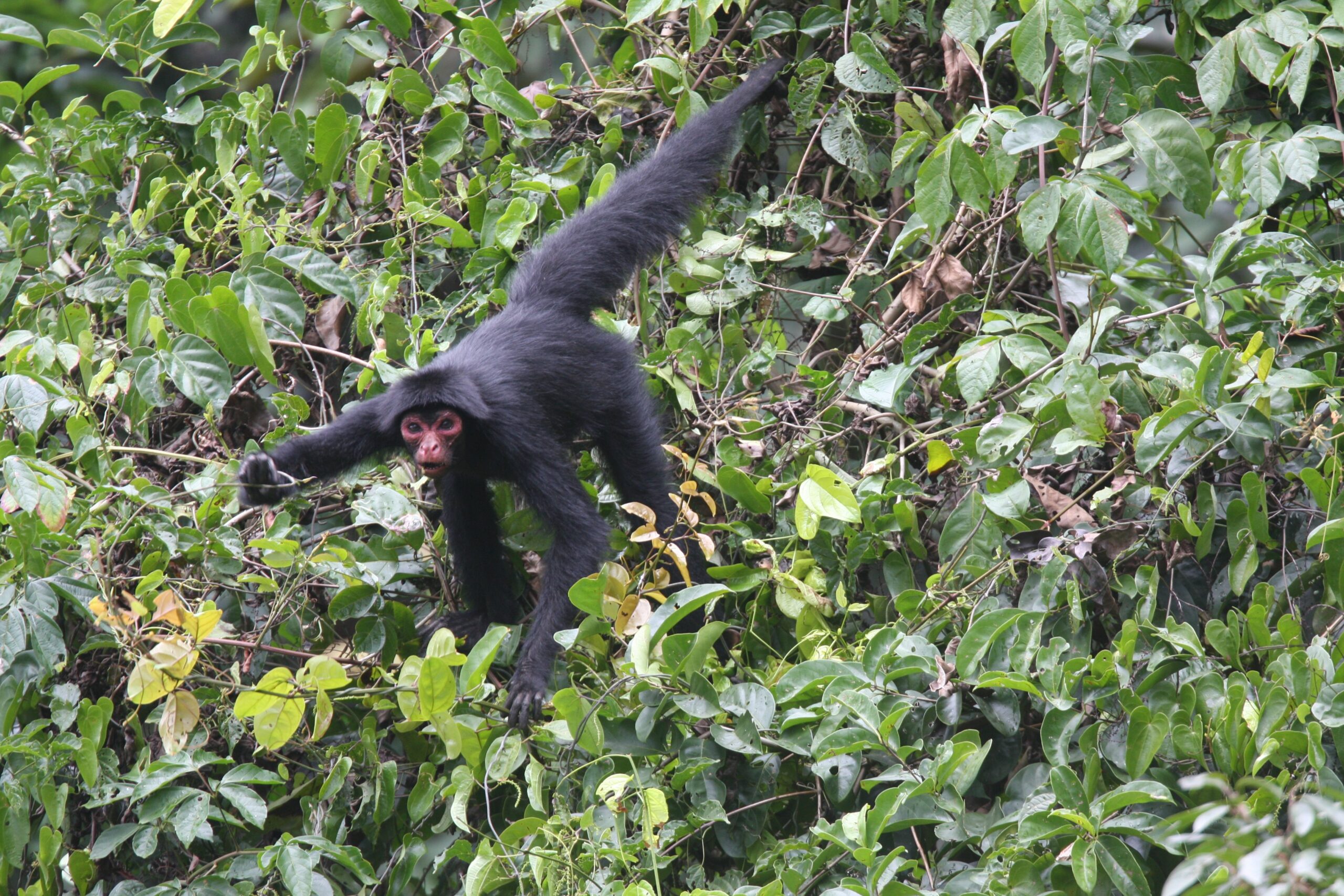
WHAT TO EXPECT
A 17-day wildlife holiday to the Brazilian Amazon with thirteen nights on the comfortable, but not luxurious, river boat, Iracema.
We will be spending much of our trip exploring remote regions well away from ‘civilisation’ with, for example, only occasional access to a mobile telephone signal !
Although focussing on seeing some of the region’s highly localised primates and parrots, this is nevertheless a general wildlife holiday and we can expect to see a fantastic range of birds and animals as well as cruising past many miles of rainforest.
Most of our excursions will be made using our vessel’s three motorised canoes, although on some days we will go ashore to search for our target species with gentle walks in the forest. At times, we may be in the canoes for 3-4 hours at a time but are usually able to find somewhere to land to stretch our legs or for a “comfort break”.
When we do occasionally offer longer walks, there will generally be a second option of a canoe ride for those who prefer this.
Boarding the motorised wooden canoes requires reasonable mobility but should not be a problem for average individuals. If in doubt, please contact us.
As with all wildlife tours to the tropics, be prepared for early starts, getting out in the field at daybreak, typically followed by a siesta during the hottest and least ‘birdy’ part of the day before venturing out again mid-late afternoon.
On some mornings, we are likely to have breakfast at approximately 05:30 but there will be other occasions when we go out for a couple of hours and then come back for breakfast, although there will invariably be coffee and cake available beforehand.
There is no compulsion to join the excursions and you may, of course, elect to stay onboard the main vessel at any time if you wish.
On some evenings, we will offer canoe rides after dinner to look for nocturnal birds and other wildlife. These trips may be for a couple of hours or so and occasionally longer.
There may periodically be the opportunity to go for a refreshing swim in the river and you will definitely want to bring some suitable clothes for our ‘swim’ with the river dolphins.
Birds and primates will be our primary focus on the tour but we will also enjoy looking for other mammals and an array of butterflies.
WEATHER
As Manaus is just three degrees south of the Equator, the climate is tropical with daytime temperatures typically reaching a high of about 31C (88F) in Manaus in April-May, although we generally back on Iracema from late morning until the middle of the afternoon.
To enable us to reach locations which are inaccessible during the dry season (when river levels are lower), our tour is scheduled at the end of the wet season, however, despite this we will probably only encounter occasional and sometimes heavy downpours with much of the rain likely to be during the night. Nevertheless, we would certainly recommend a poncho (to keep your gear dry) and an umbrella. Our experience is that “breathable” fabrics often do not work well in humid tropical conditions and your best option may actually be a cheaper plastic poncho, although please be mindful of the colour as we would ask all participants to bring subdued coloured clothing.
We would also recommend bringing some protection against the sun and a hat with a wide brim (to protect the back of your neck) is advisable.
INSECTS
Although mosquitos and other biting insects are present and you will need to check with your GP Practice about malaria, our experience is that for most people generally these types of insects are not a major problem in the locations where we will spend most of our time.
BIRDS
220-250 species
MAMMALS
20-30 species of primates and c.10 other species potentially including sloths, porcupine, bats and rodents.
ACCOMMODATION
Our vessel has cabins on two decks and an open but covered top deck which is great for wildlife watching. All decks are connected by a staircase which have handrails.
Each cabin is for two people with a private bathroom and air-conditioning, though this is only turned on at night for sleeping and during the heat of the day if we are travelling between locations. The private bathrooms have a sink, toilet and cool-water shower (the water is not heated but it is lukewarm and refreshing). There are also reading lights by each bed.
The cabins have comfortable bunk beds with a ladder to access the top bunk. There is also a cupboard in each cabin to store your possessions.
The main deck has eight of the cabins, the second deck has the other four passenger cabins, plus the bar/dining saloon/lounge and a small library.
A limited laundry service is available onboard although everything has to be line dried so there are no guarantees how long this will take. We suggest that ideally you bring enough clothes for most of the trip. You can wash small items yourself and hang them on the top deck where there is usually a breeze or ask one of the crew to wash items for you. There are no set rates for the laundry service but they will certainly appreciate a tip for their efforts !
For our night in Manaus, we stay in a good quality tourist hotel where all rooms have private facilities.
MEALS
All main meals (and drinking water provided during the day) are included in the tour price, commencing with dinner at our hotel in Manaus on Day 2 and concluding with breakfast on Day 16 prior to disembarking Iracema and our flight home.
Meals on Iracema are buffet-style and usually comprise a tasty range of meat, fish and vegetarian options for lunch and dinner. Due to the remoteness of our trip, we are unable to cater for very specific dietary requirements but vegetarians, for example, should have no major problems.
Mineral water is available from a series of coolers and we would encourage you to bring a suitable water bottle to fill this up.
There is a modest bar aboard which sells a range of alcoholic and soft drinks. This is run on a ‘chit system’ and you can pay in cash (US dollars or Brazilian Reals) or by credit card at the end of the trip.
WALKING
Most of our excursions will be in Iracema’s three motorised canoes and we may not land on all excursions. Where we do, walks are taken at a gentle pace. Most of the trails we are likely to be following are on relatively flat terrain.
Comfortable shoes or sandals should be fine when we are aboard Iracema but we would strongly recommend bringing some wellington boots for our walks as it can be muddy stepping from the canoe onto the shore and in the forest, with the possibility of occasionally having to stand in shallow water/mud to get in and out of the canoes.
TRAVEL
Despite the end of many pandemic restrictions, it is still proving extremely difficult to predict future flight prices and schedules. As a result, we have taken the decision to continue to price our holidays as excluding international flights.
To keep the process as simple as possible, we are working very closely with a dedicated agent at Travel Counsellors, Sacha Barbato, who is essentially now our “in house” flight consultant.
Sacha will be able to advise you which flights we are recommending for each holiday, and he will be able to book these for you.
This will also sometimes give you the option to travel from a regional airport if you prefer.
GROUND TRANSPORT
We will travel by private air-conditioned minibus between Manaus airport and our hotel and then when we disembark for the slightly longer ride to Santarem airport at the end of the trip. When on our cruise, almost all excursions will be by canoe will start with a canoe ride.
The canoes are open, with wooden bench seats, on which two participants will sit. Cushions are available onboard. The seats have back support.
Tour Gallery
View a gallery of images for this tour below, click on an image to view as full size with caption
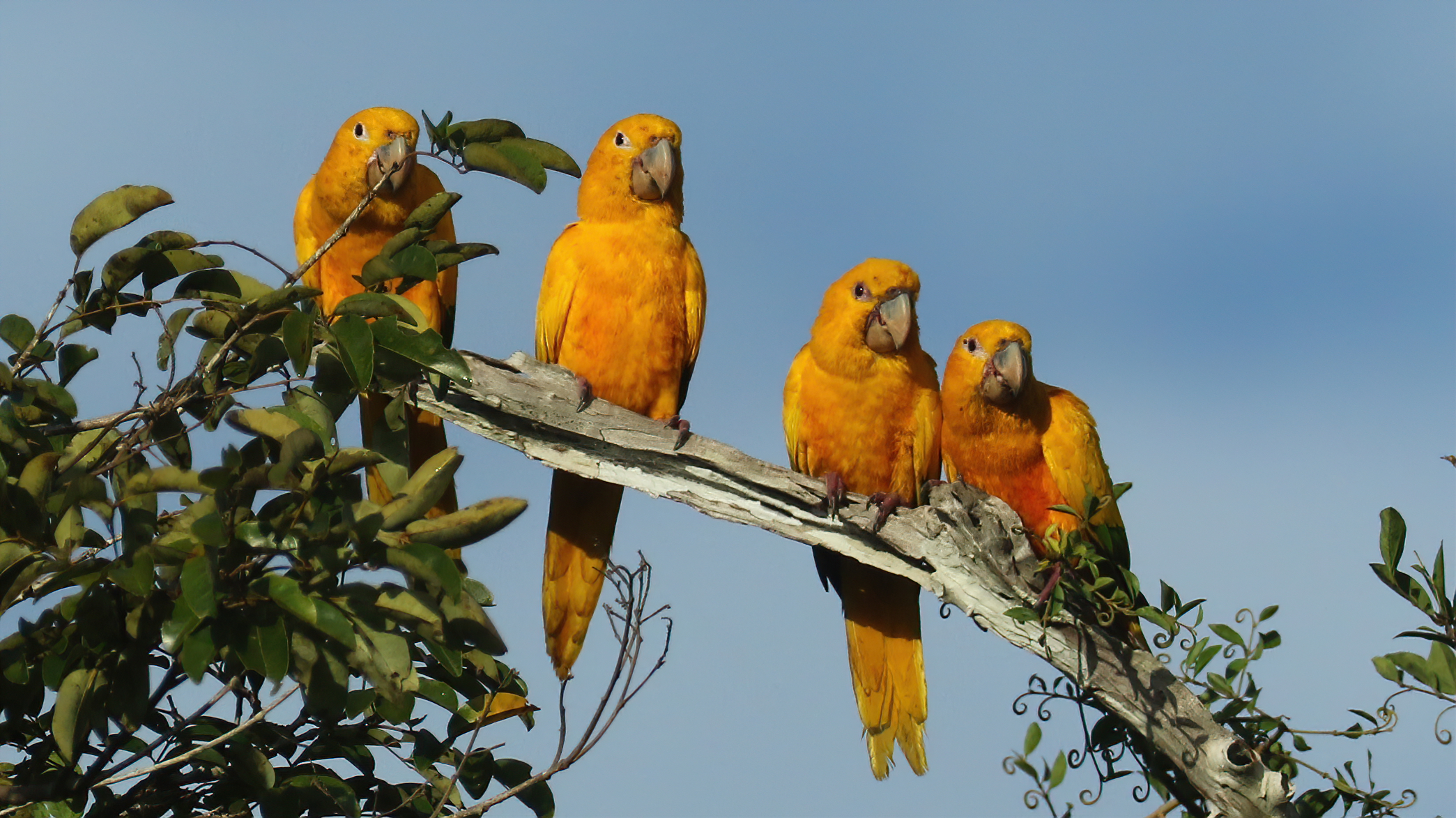

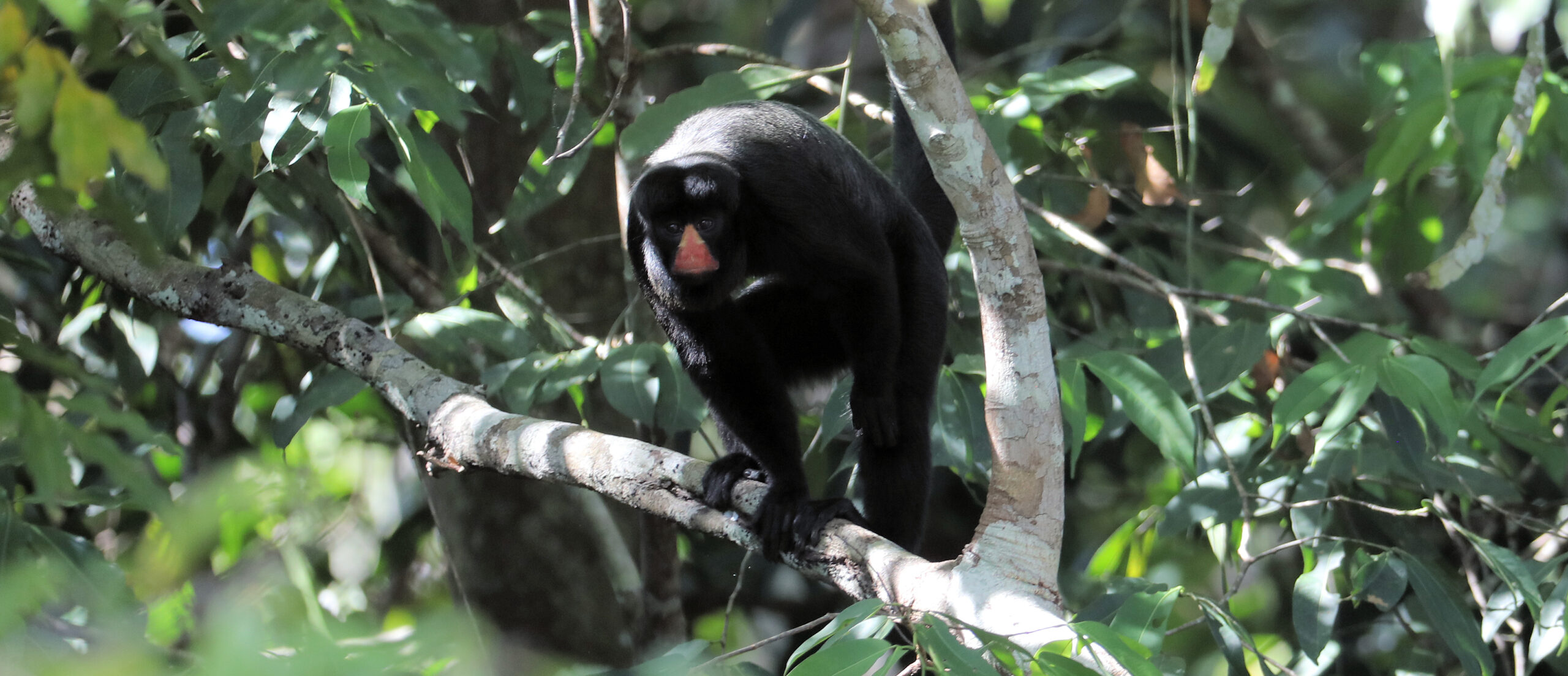

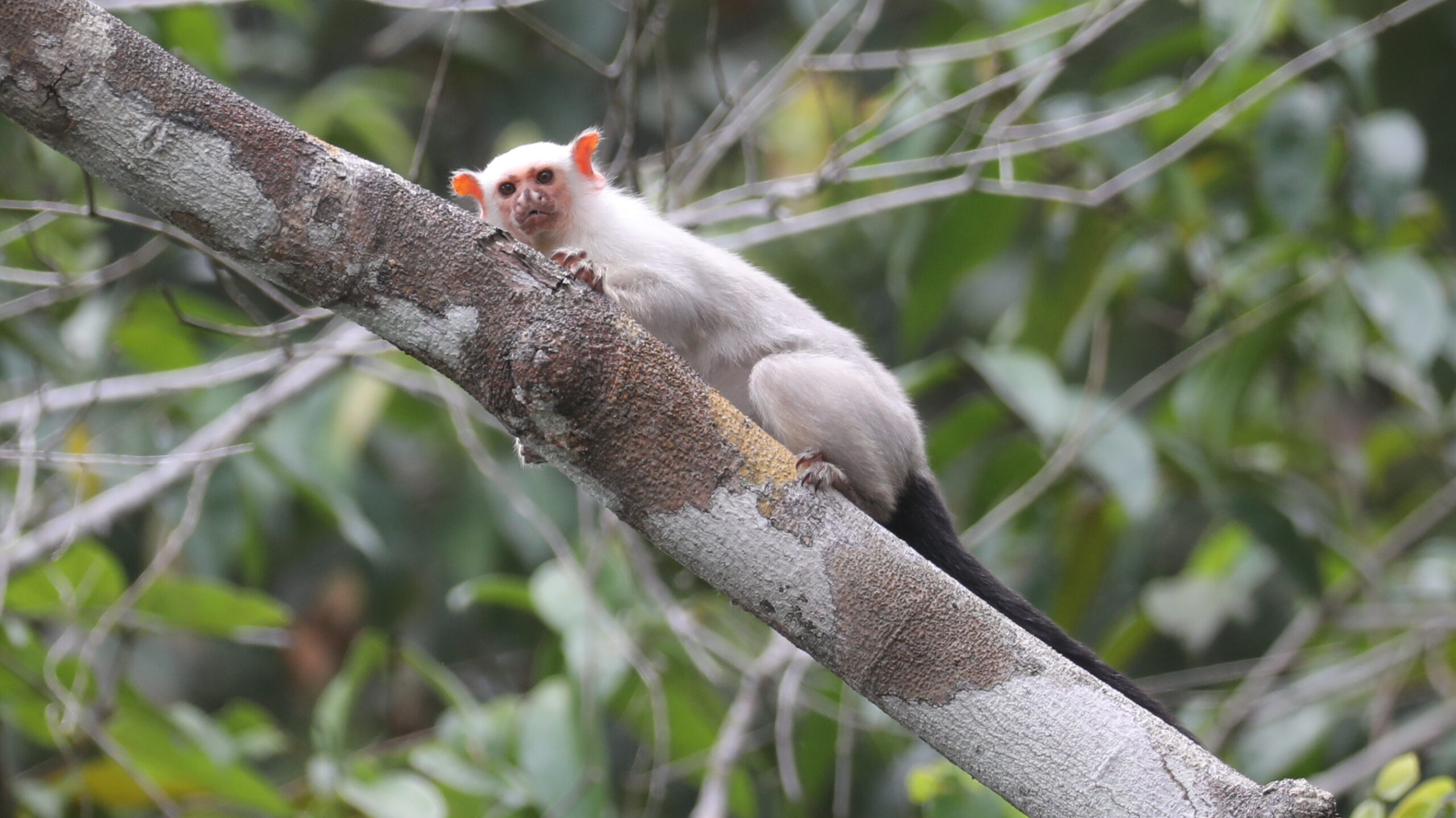
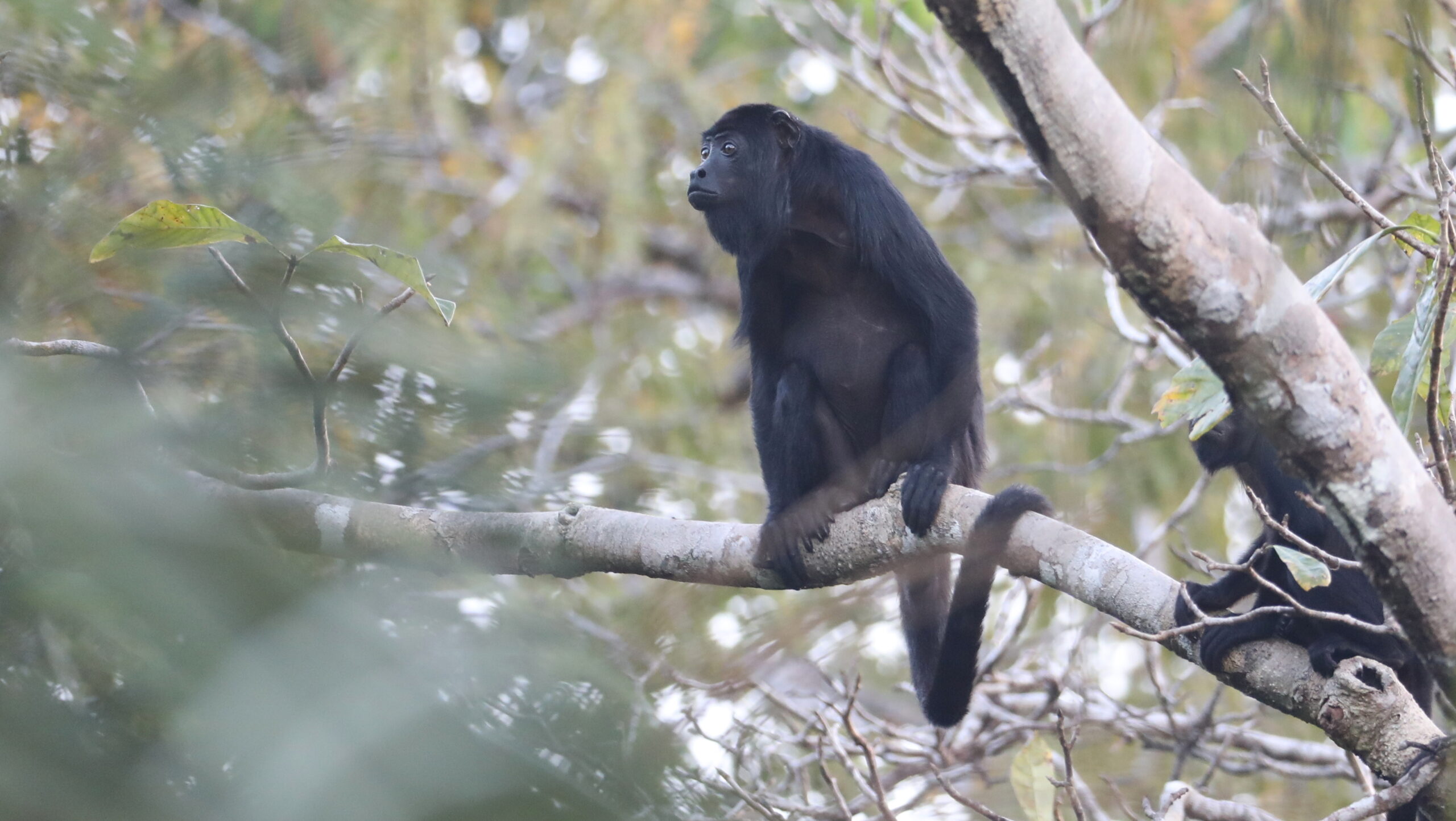
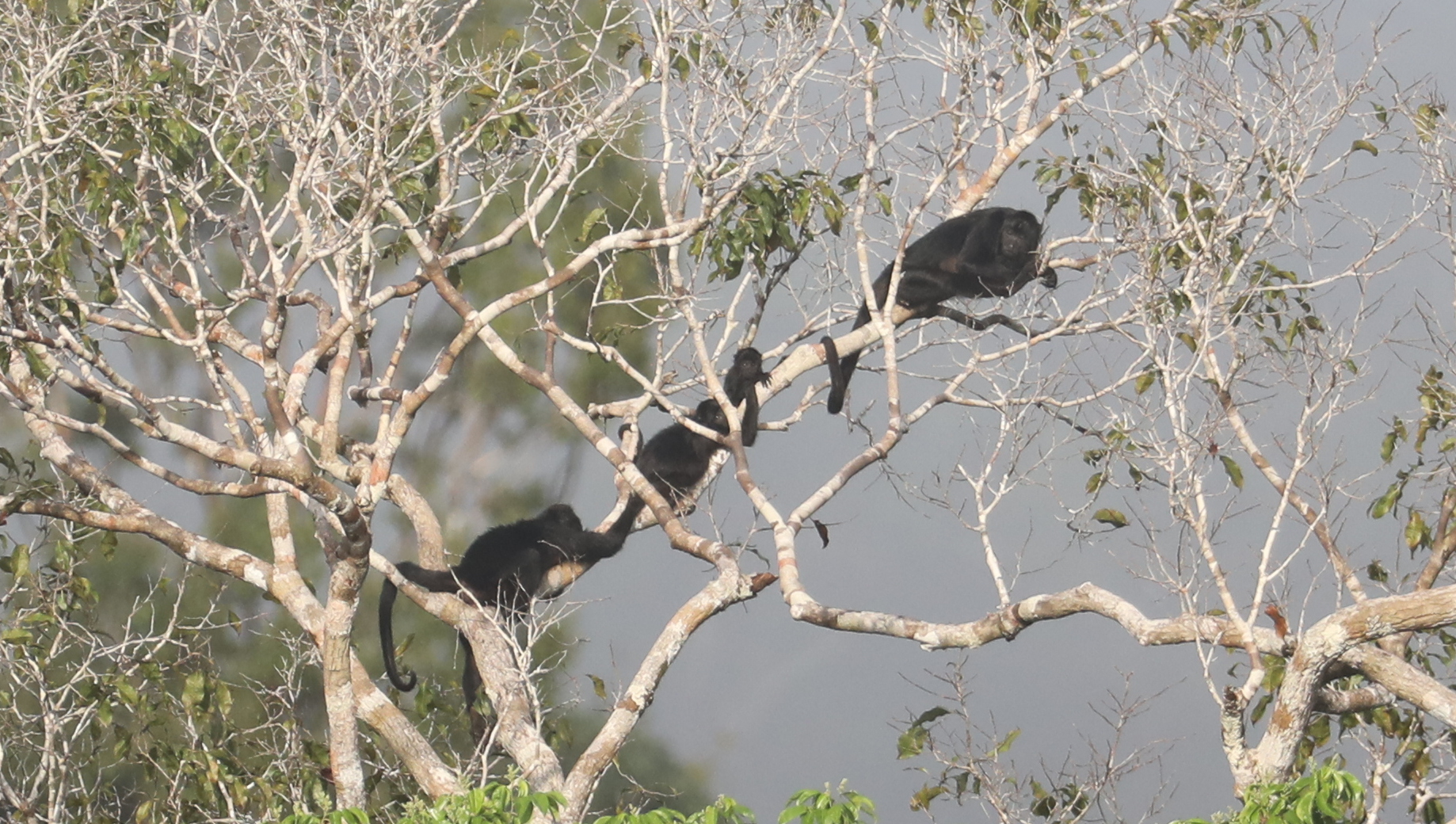
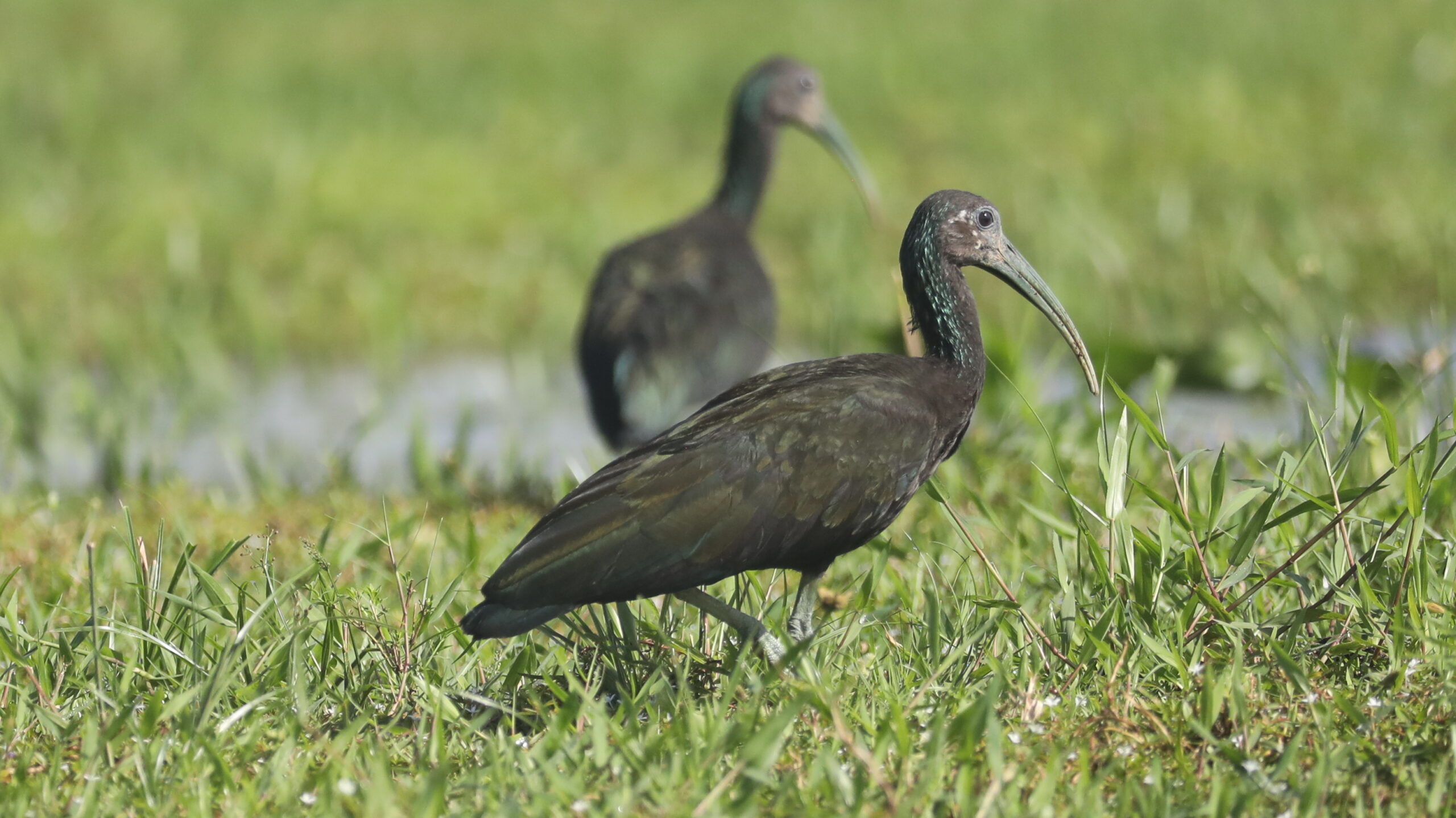
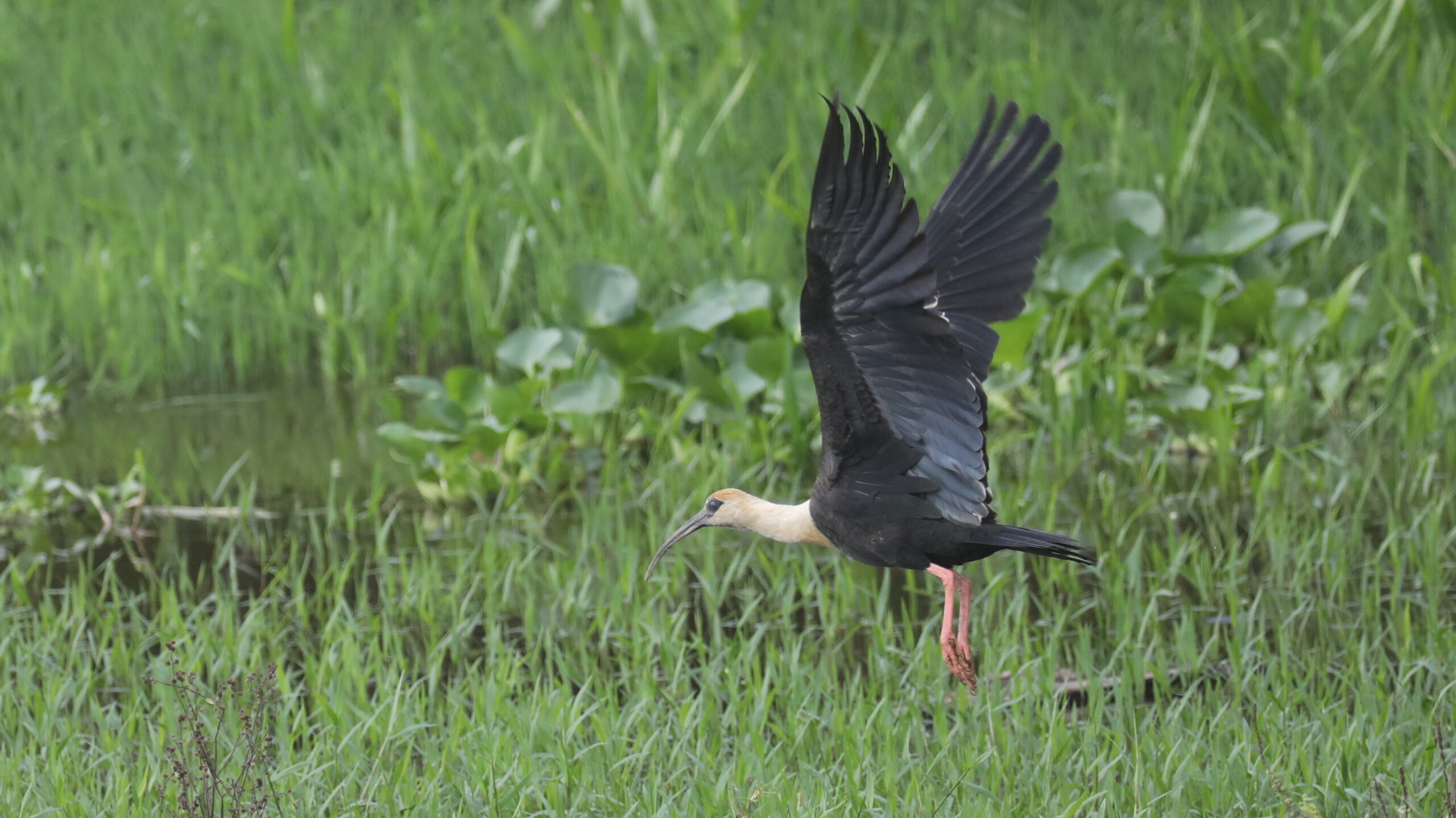
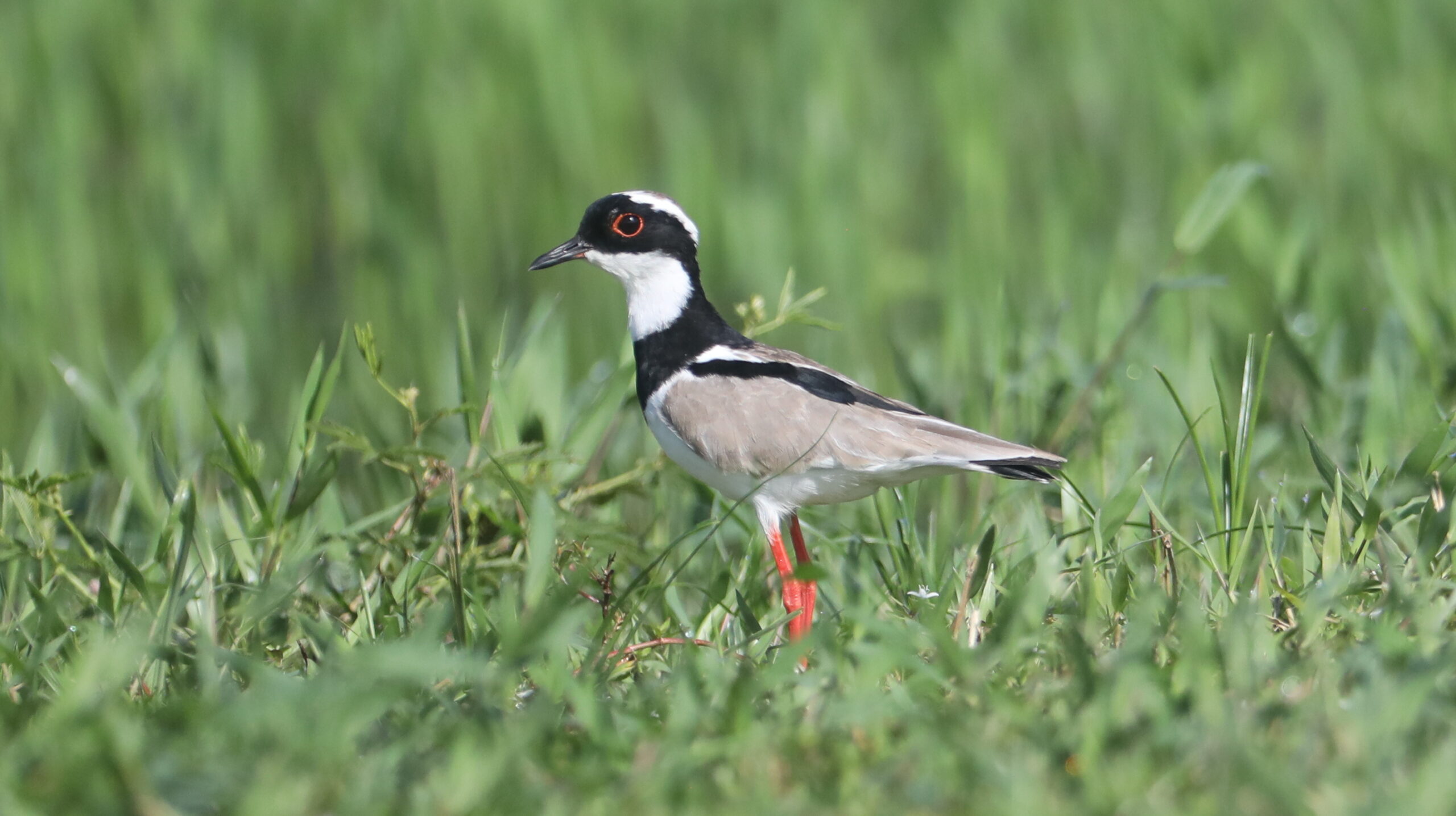
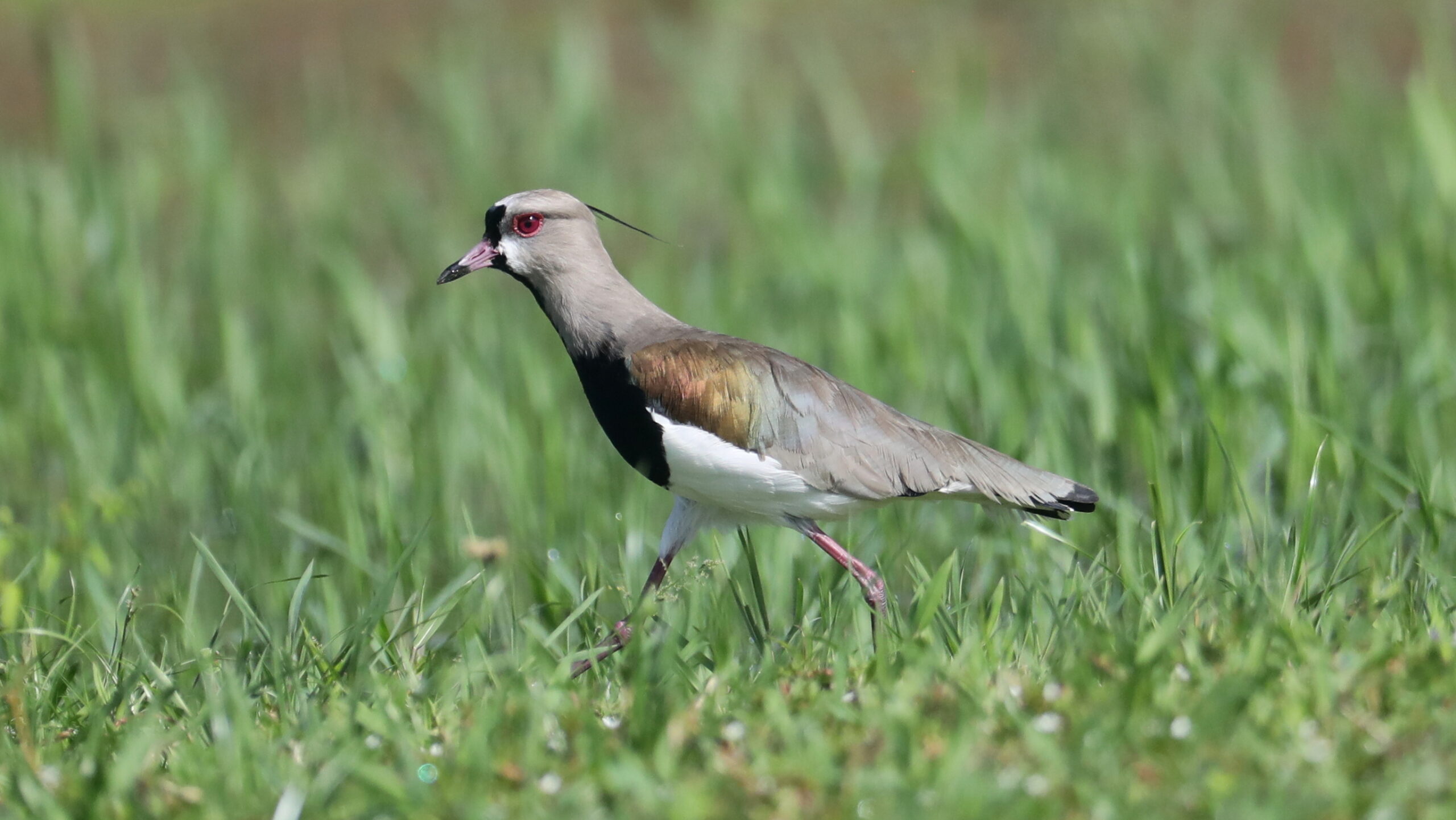
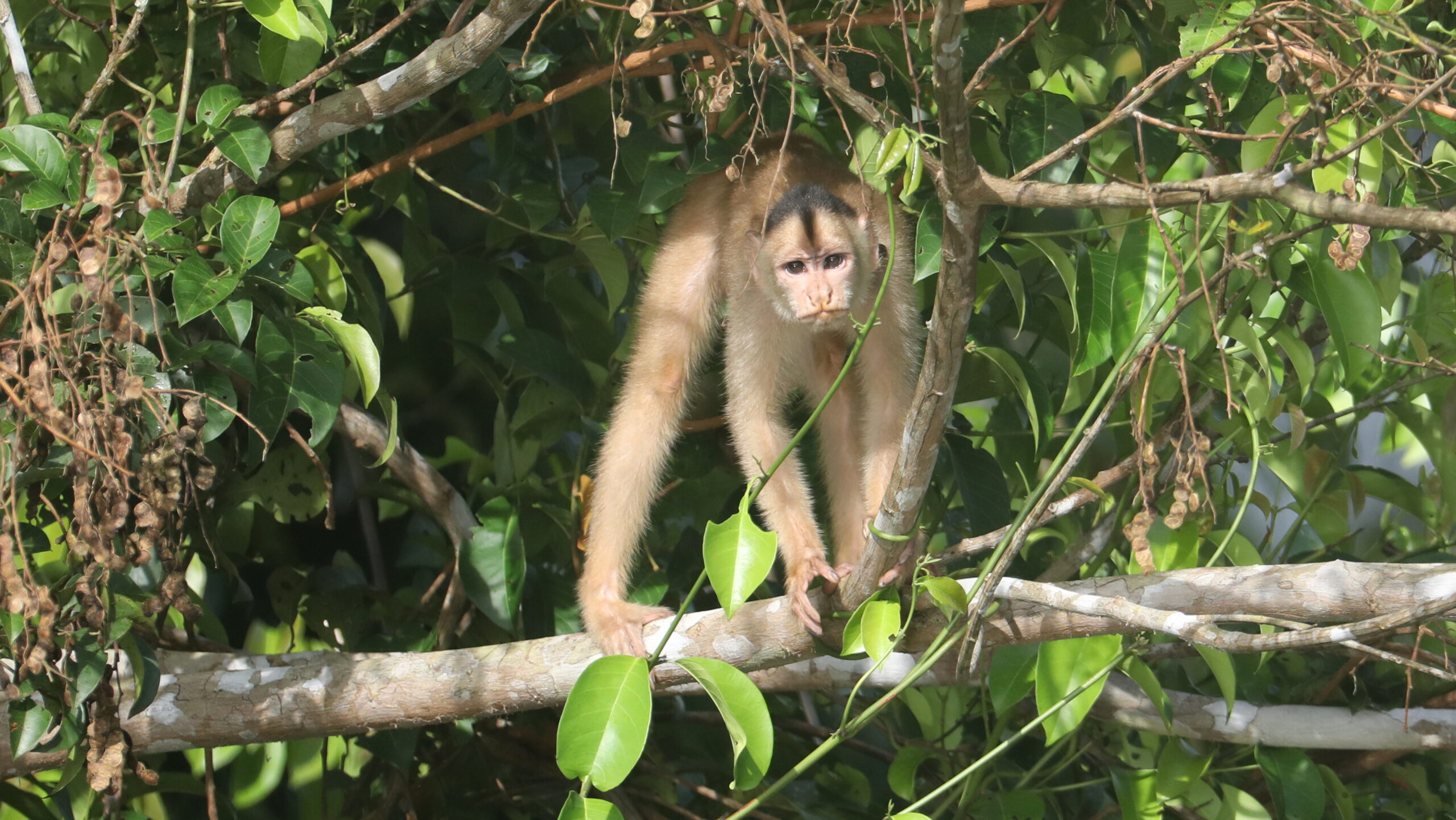
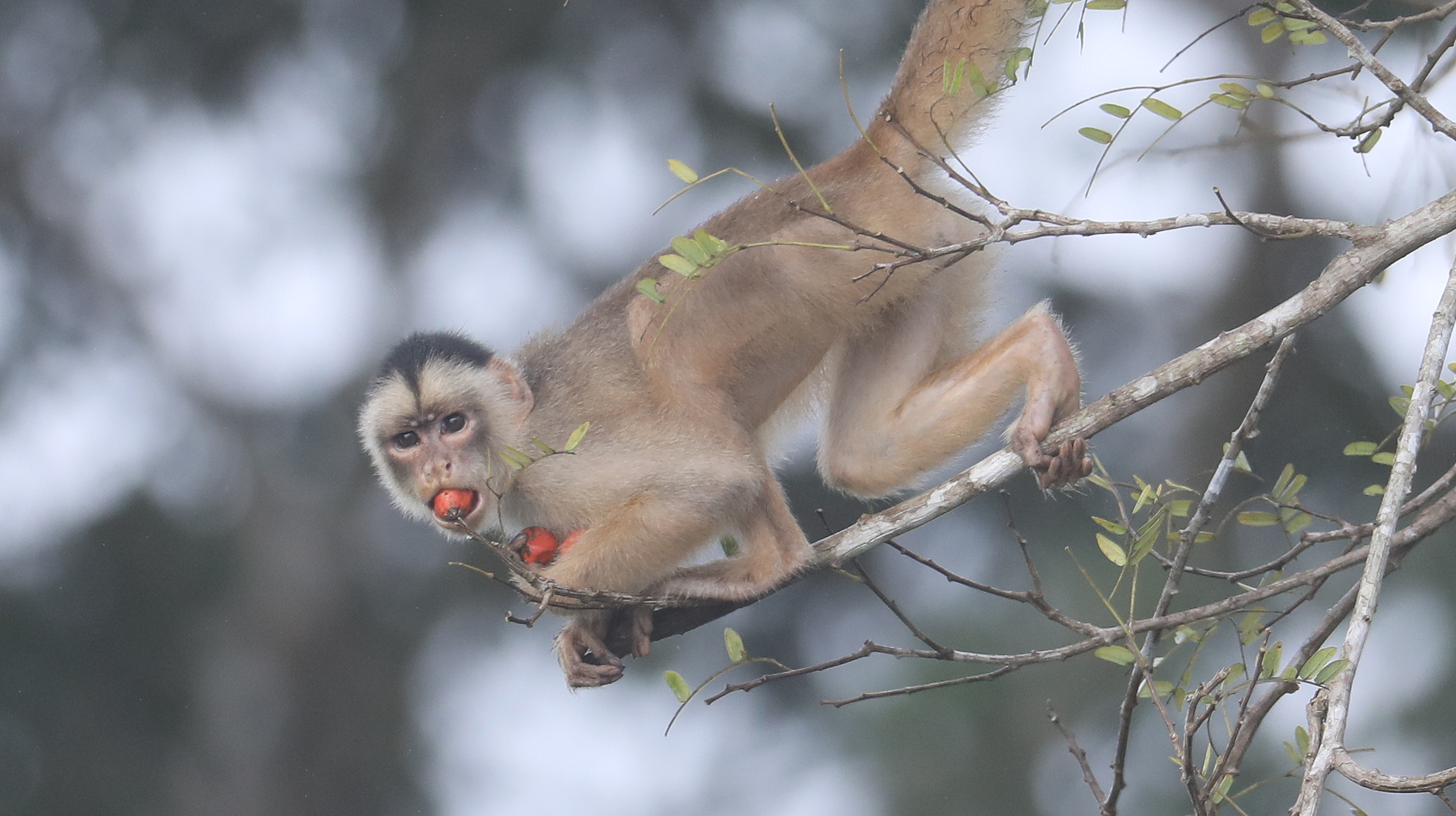
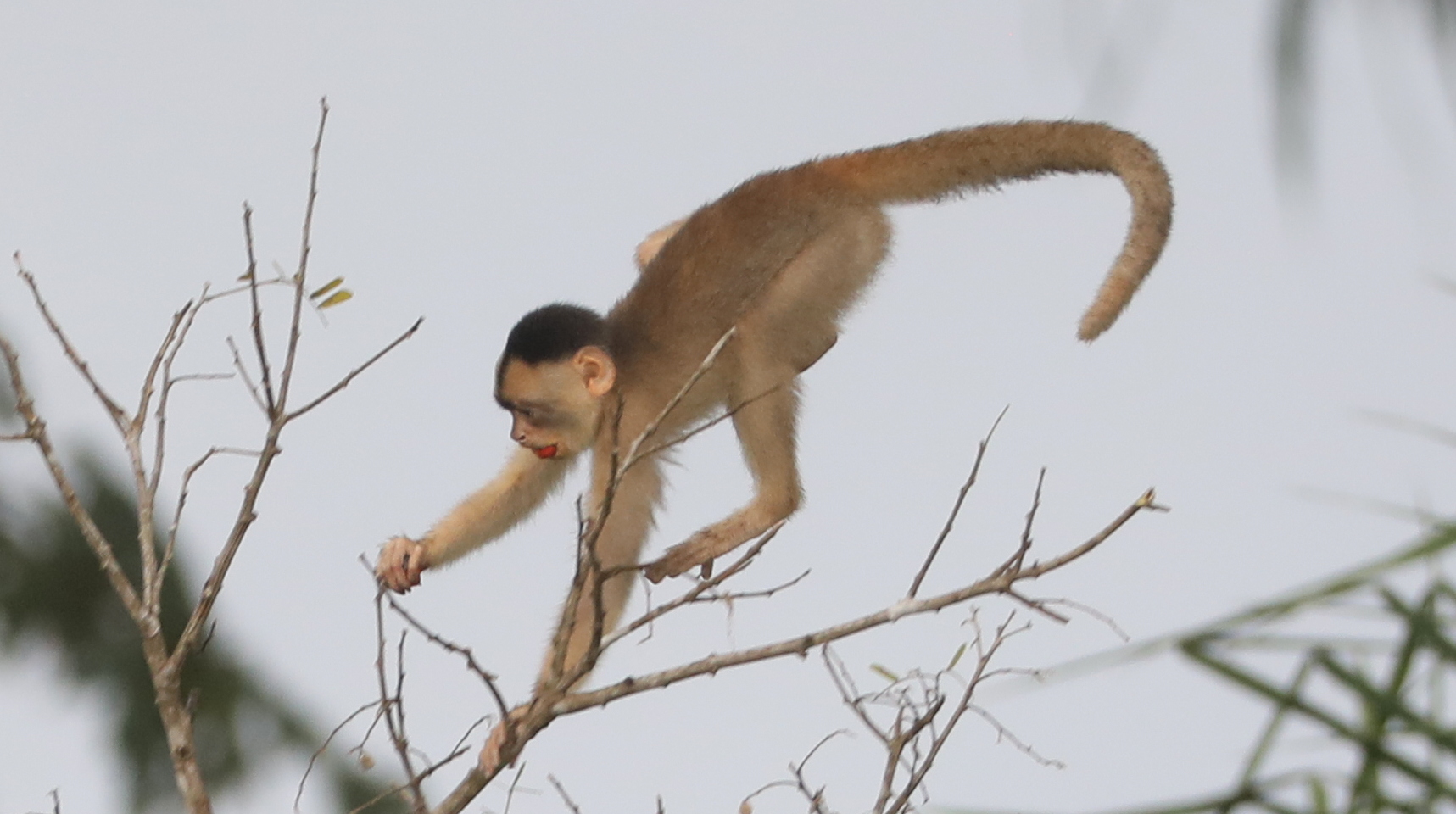
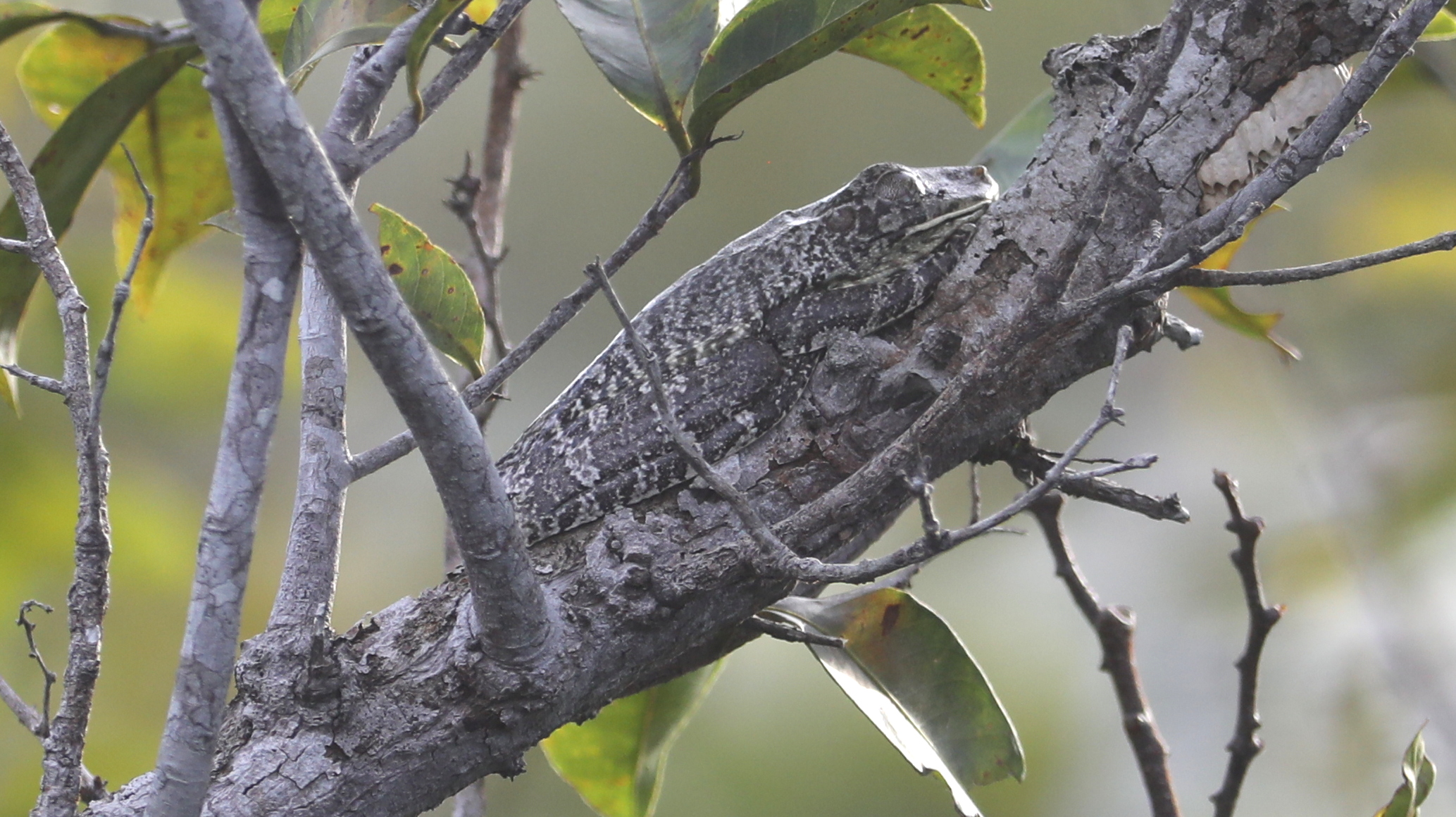
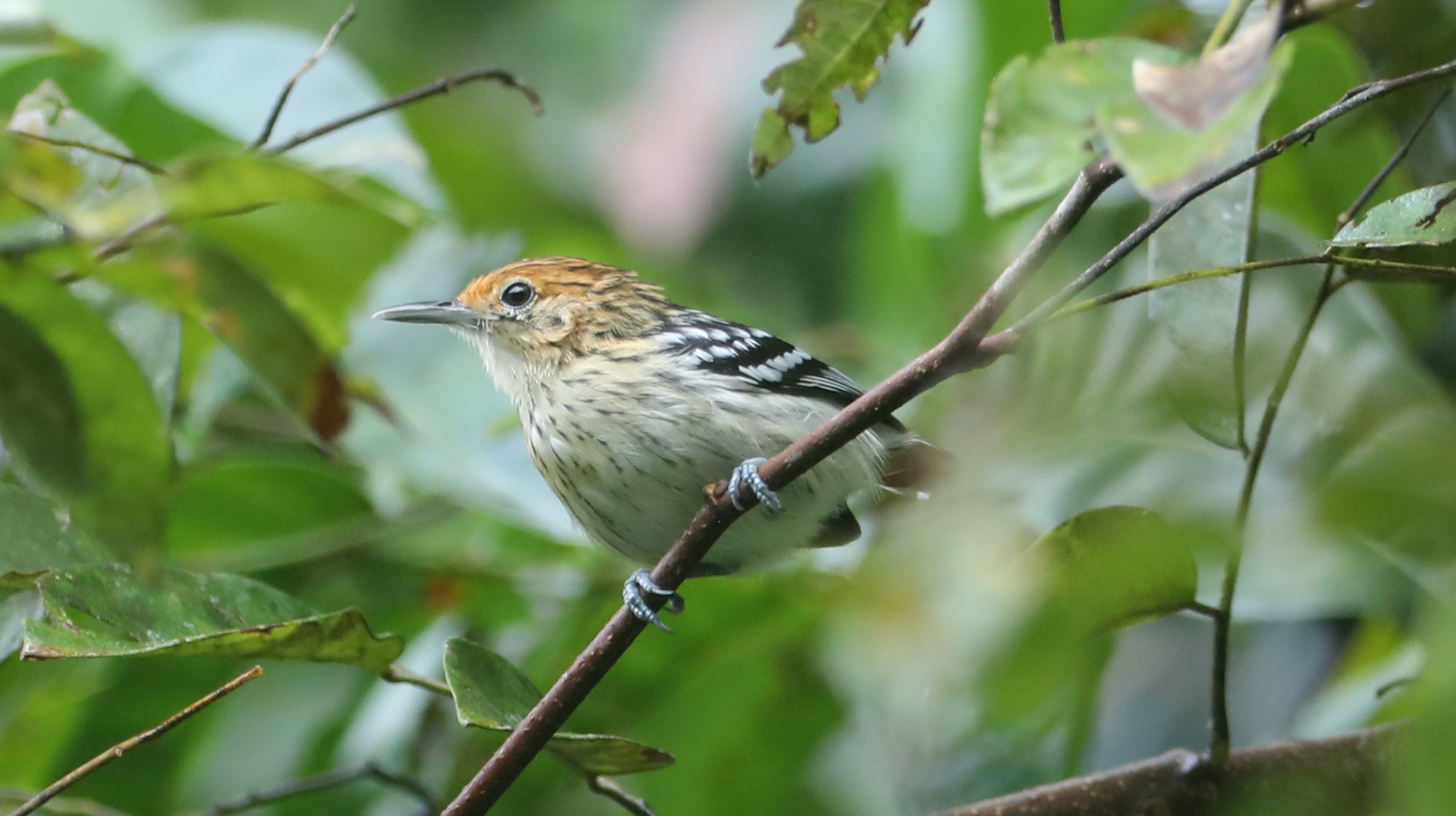
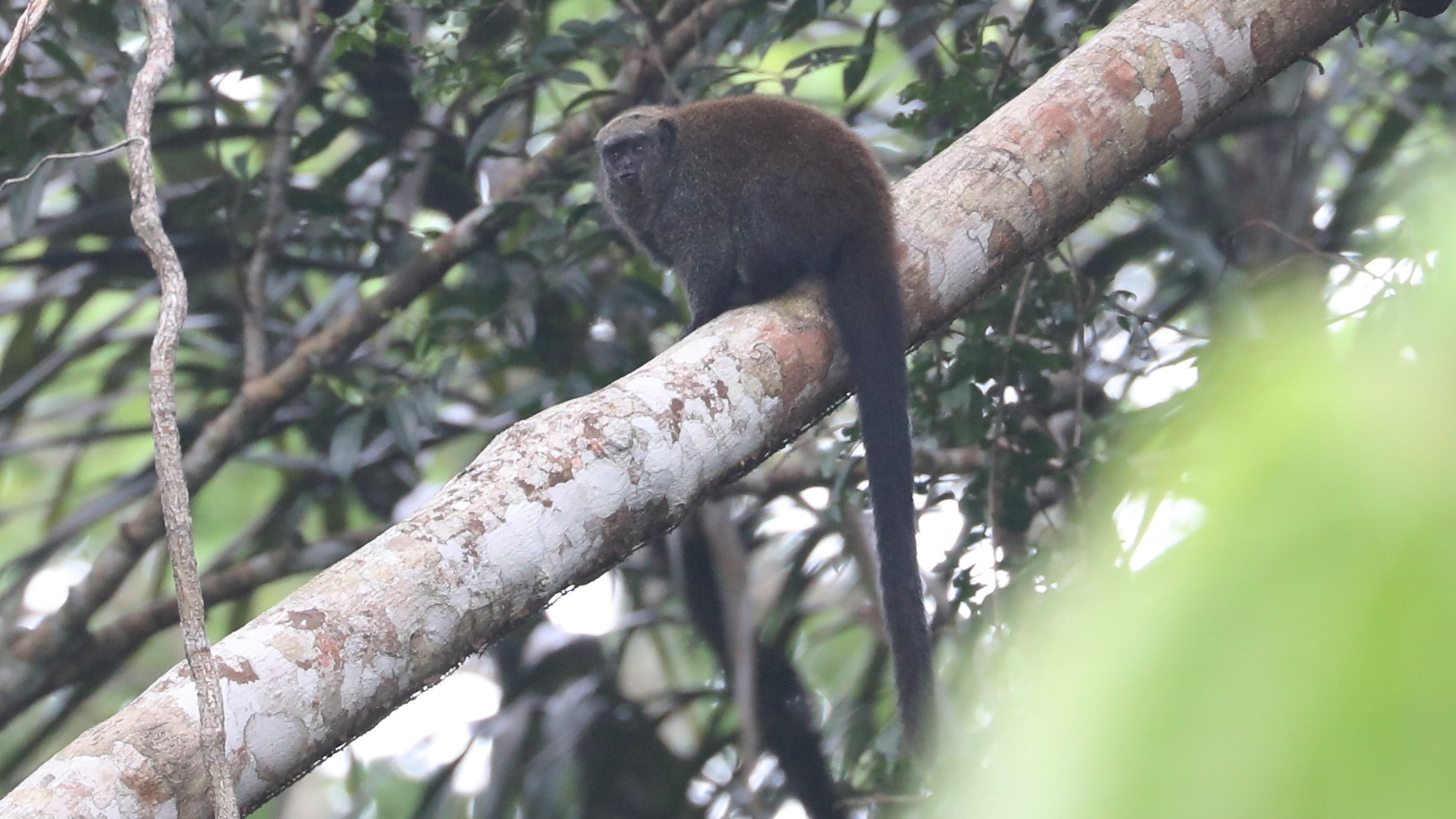
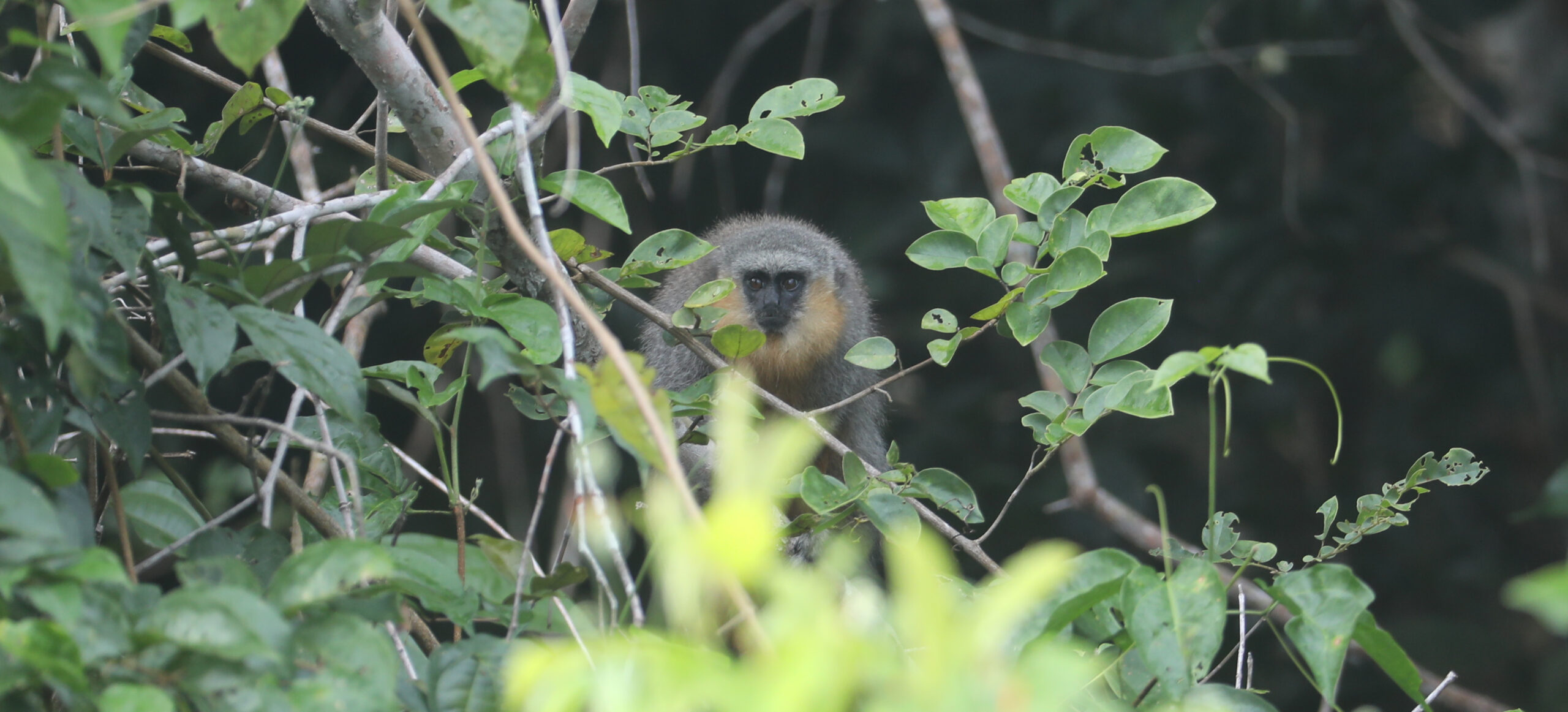
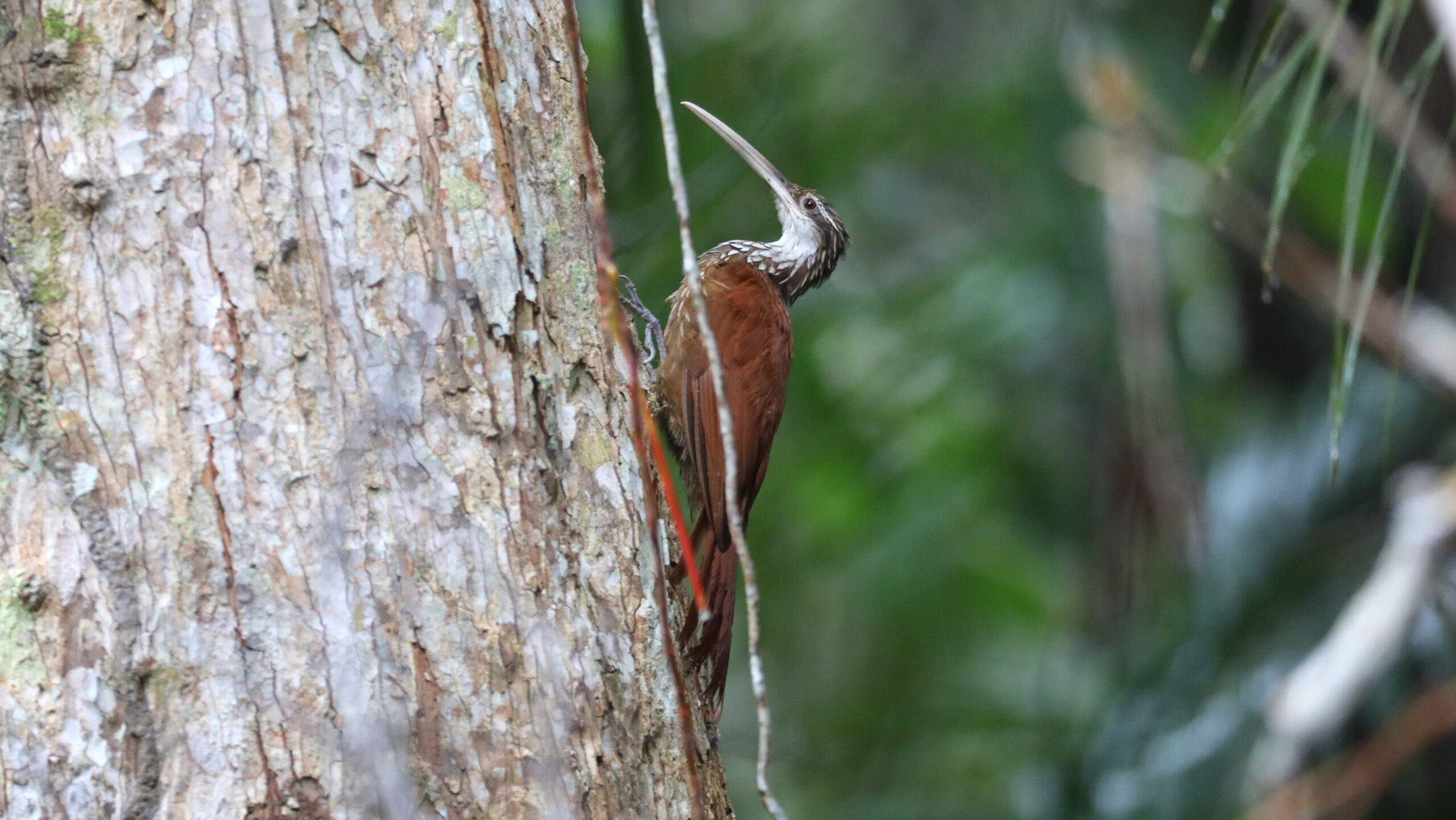
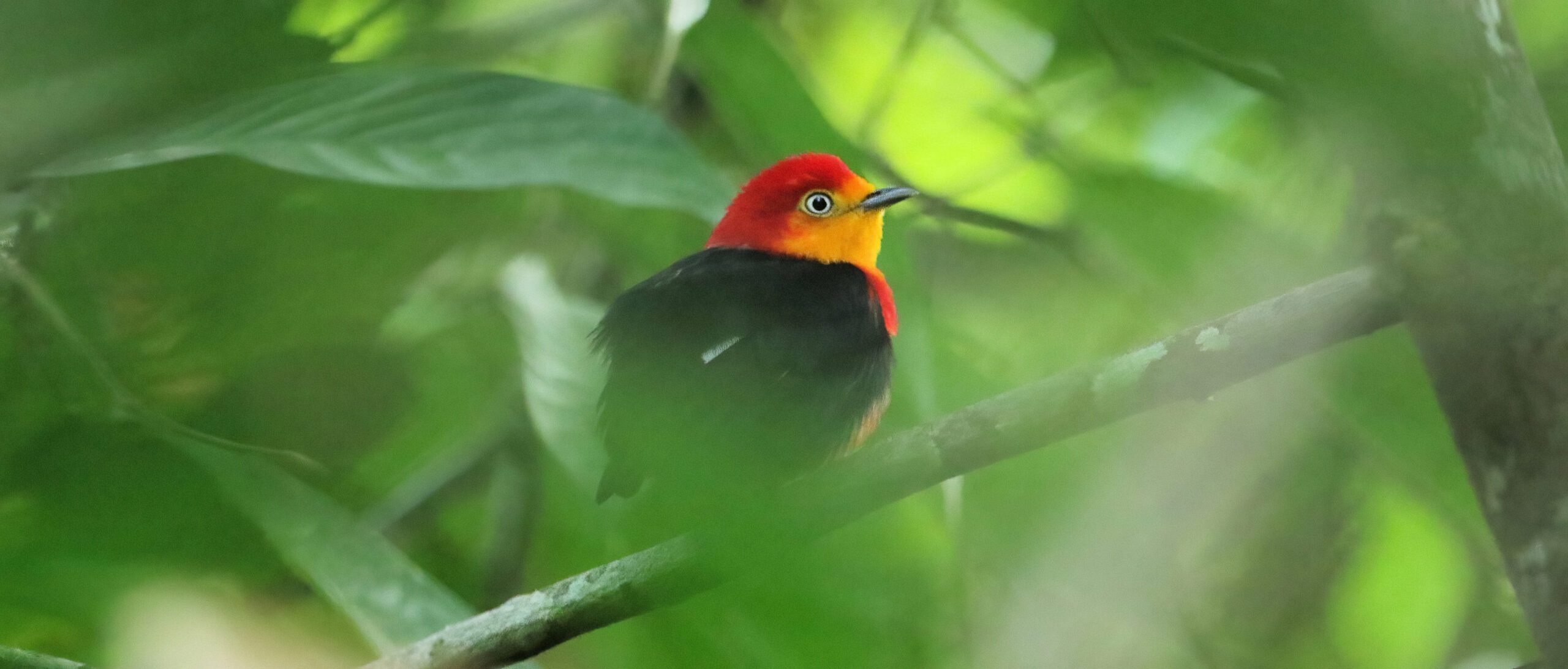
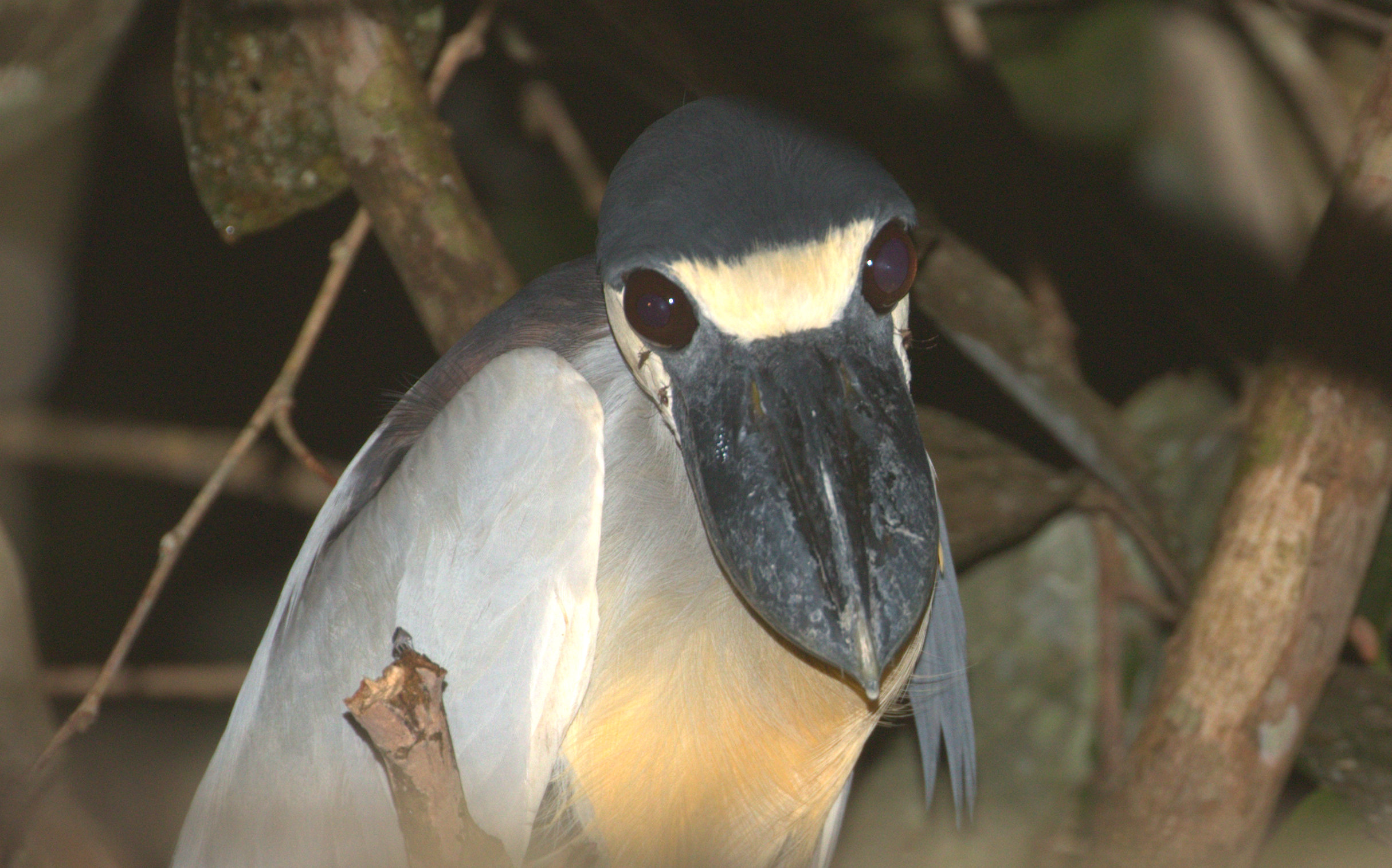
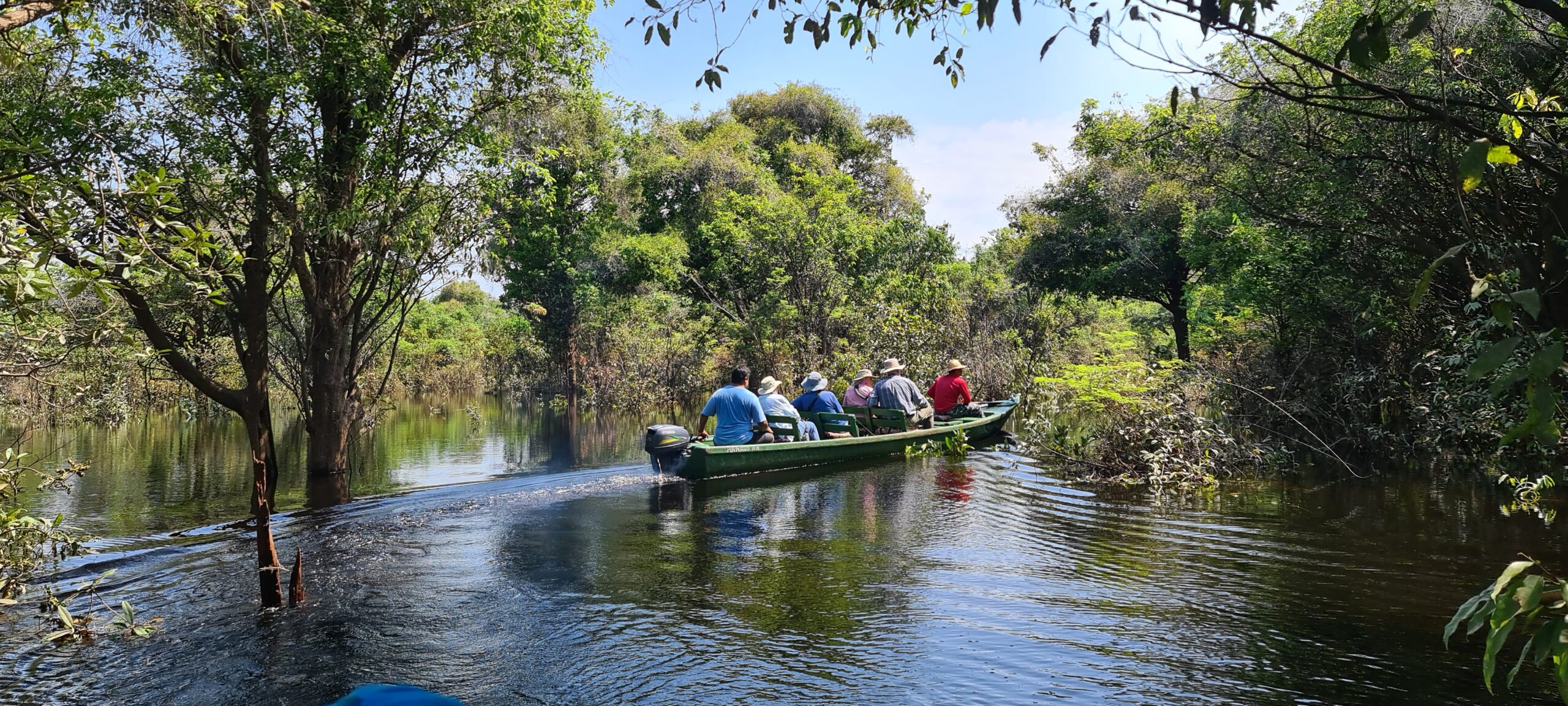

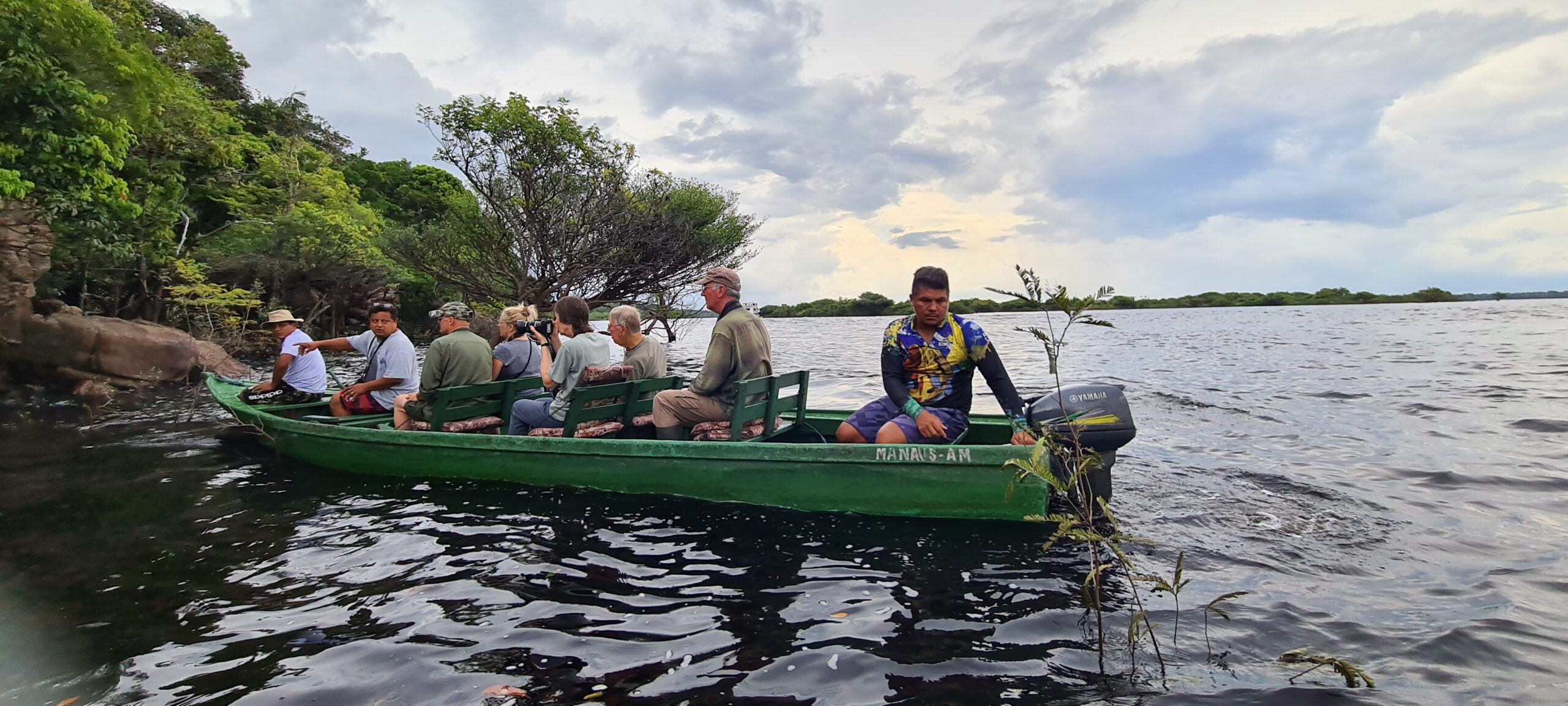
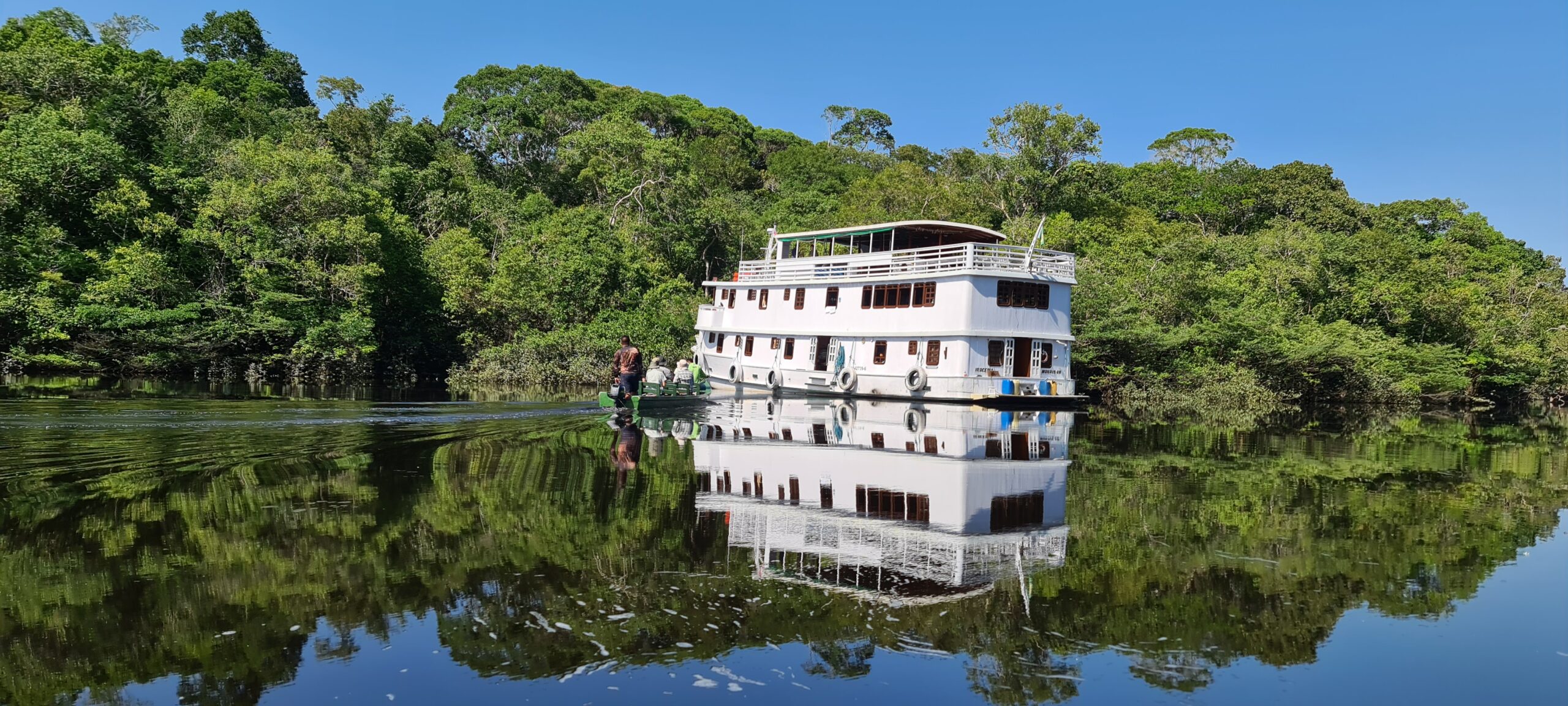
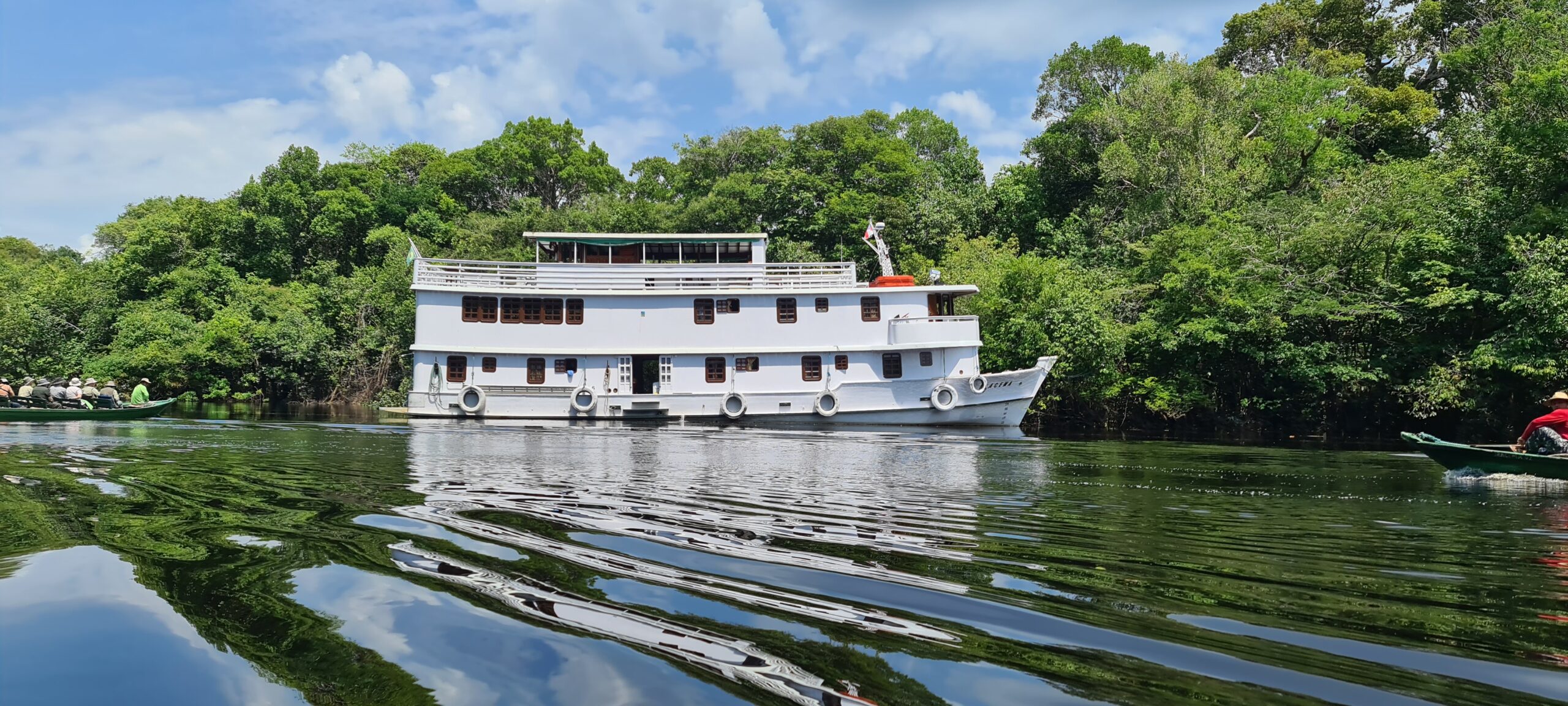
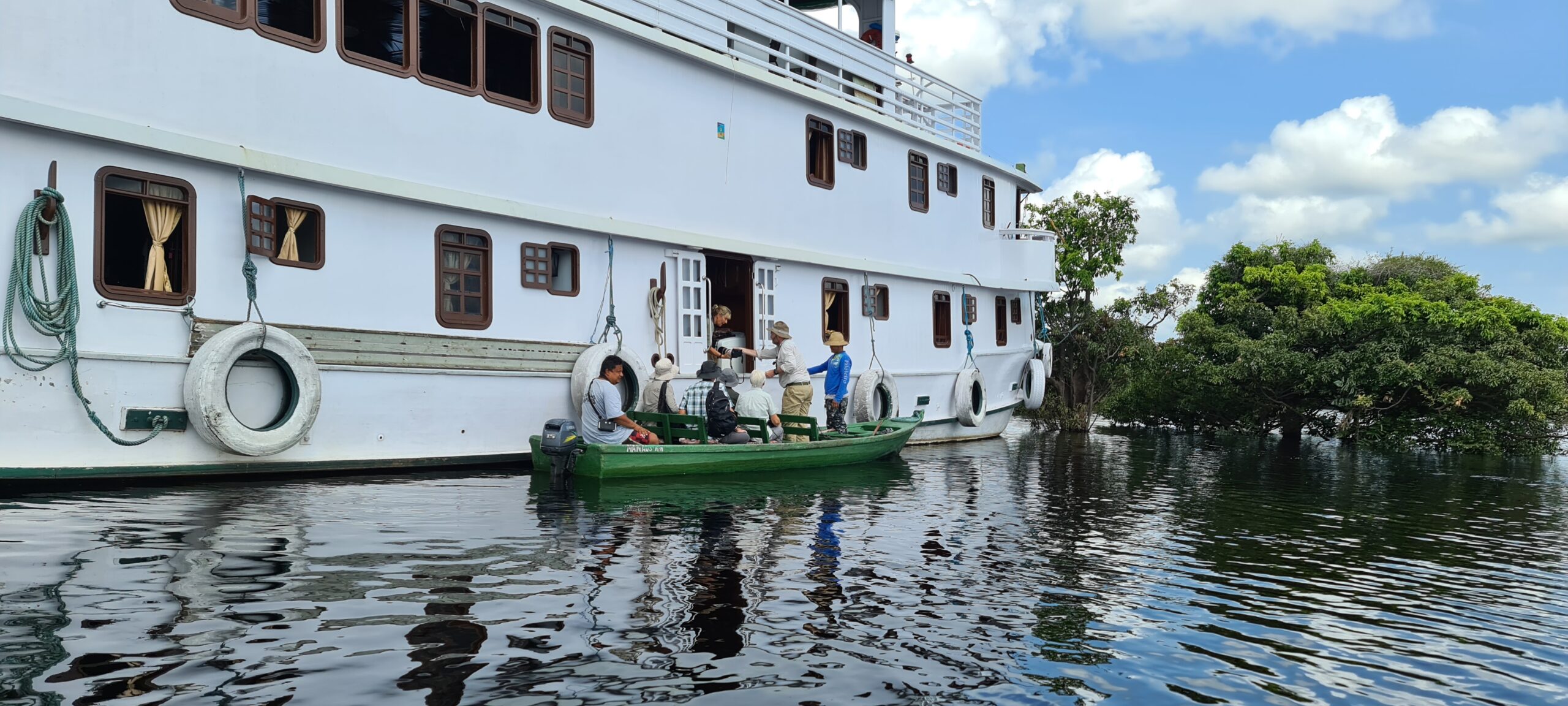
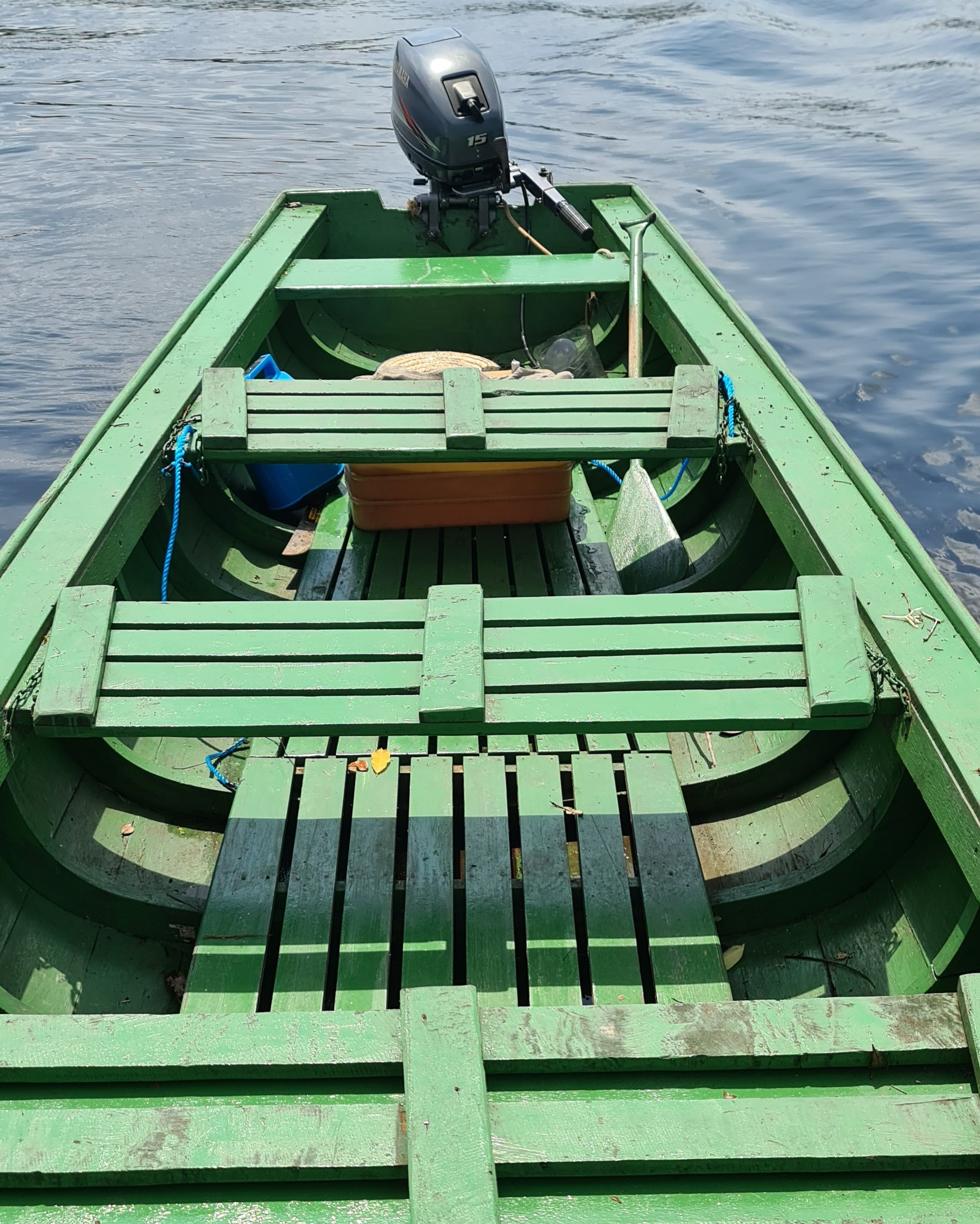
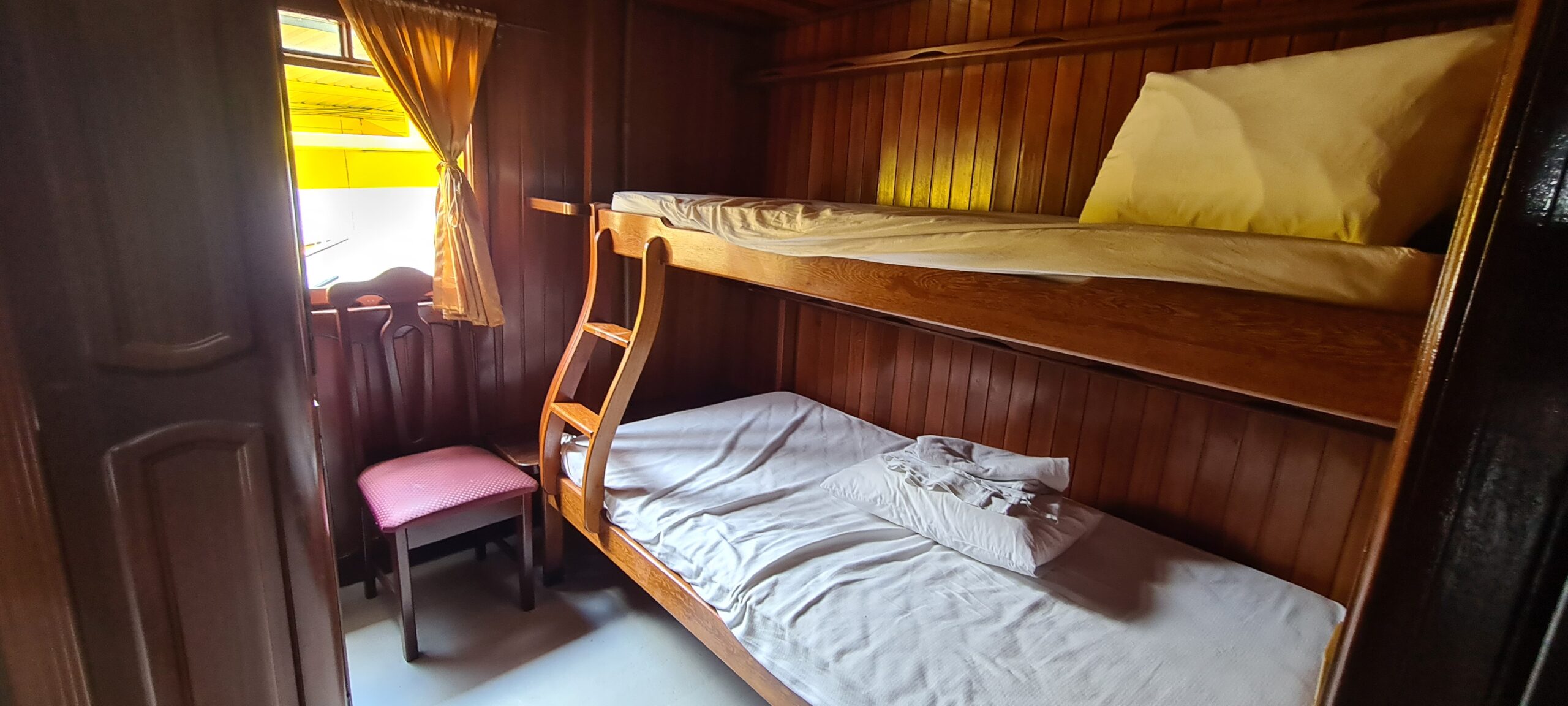































Ask About This Tour
If you have any questions about this tour, please enter your details here and we will get back to you as soon as possible.
Alternatively, contact us by email or phone. We look forward to hearing from you!
- 0117 965 8333
- [email protected]
Or complete the contact form and we will endeavour to get back to you as soon as possible.
* = required field
